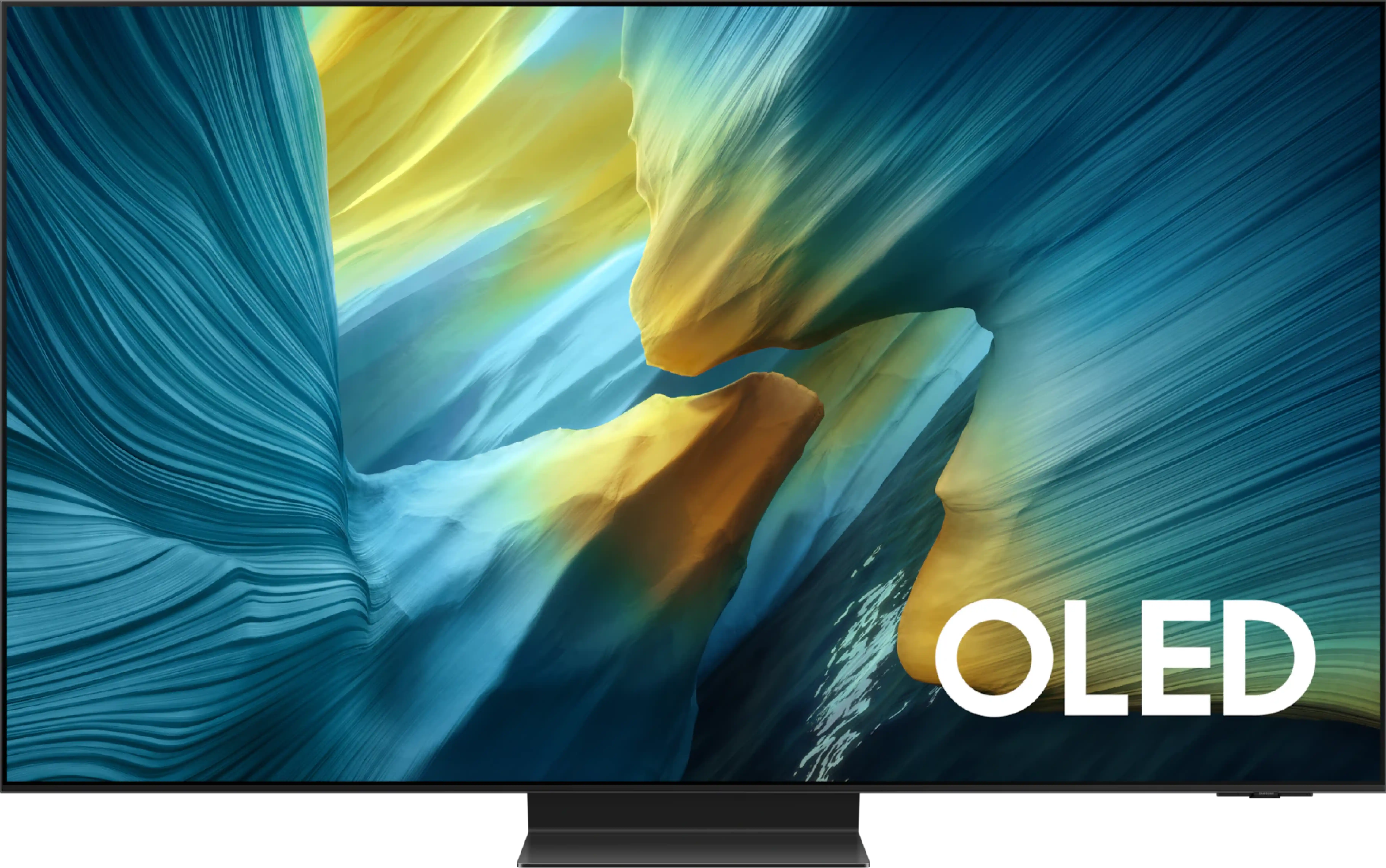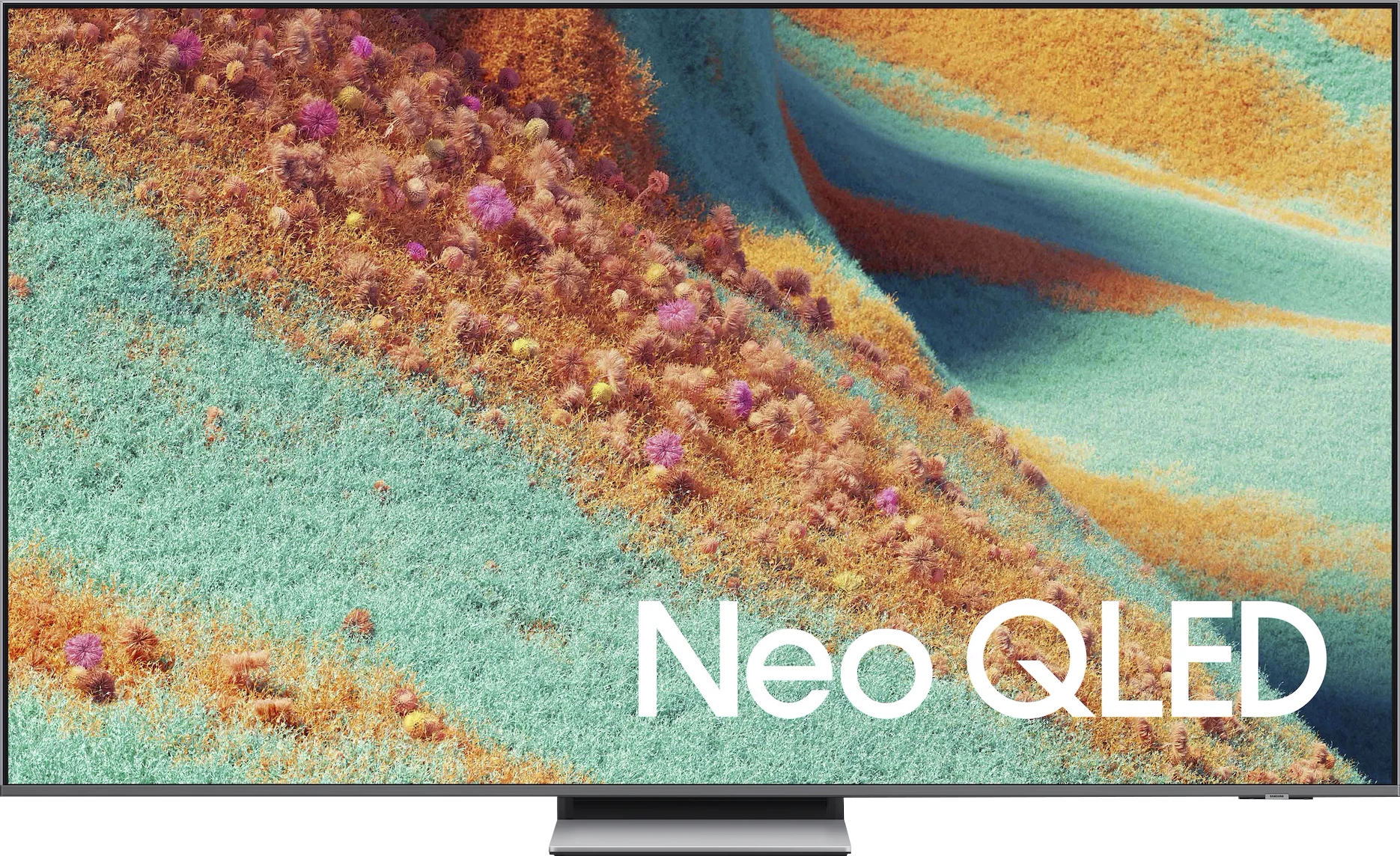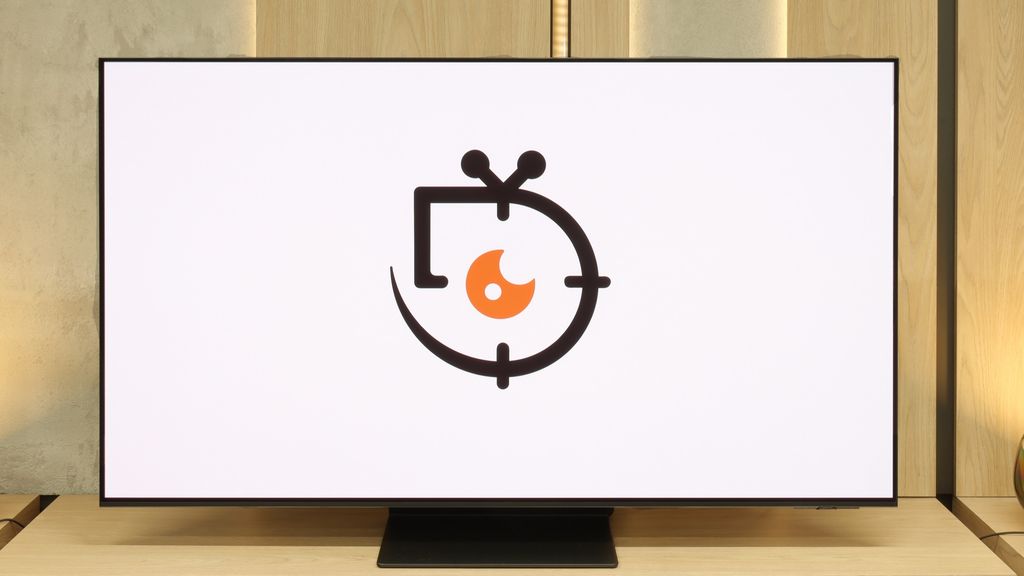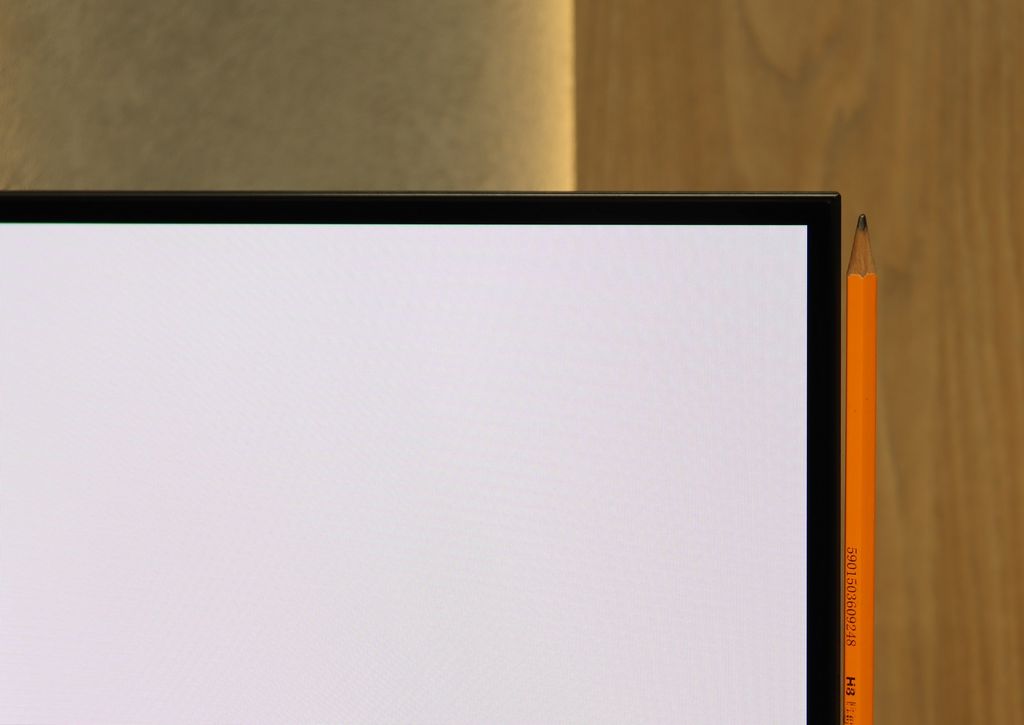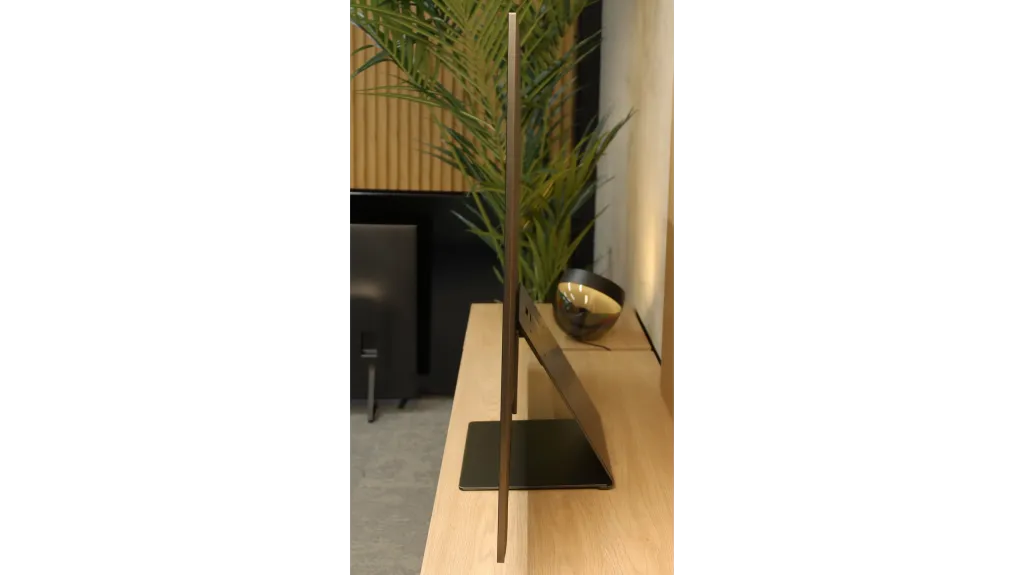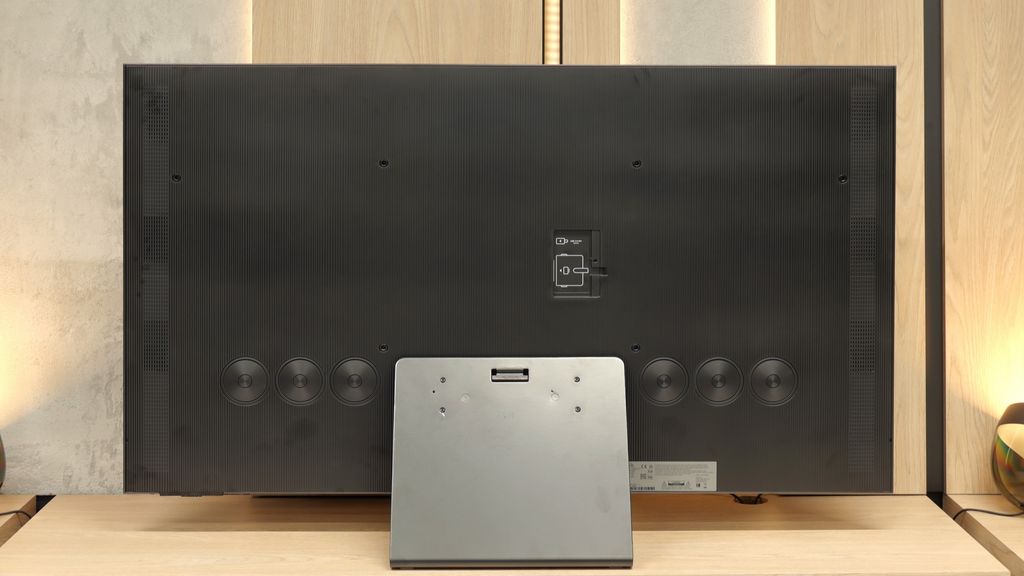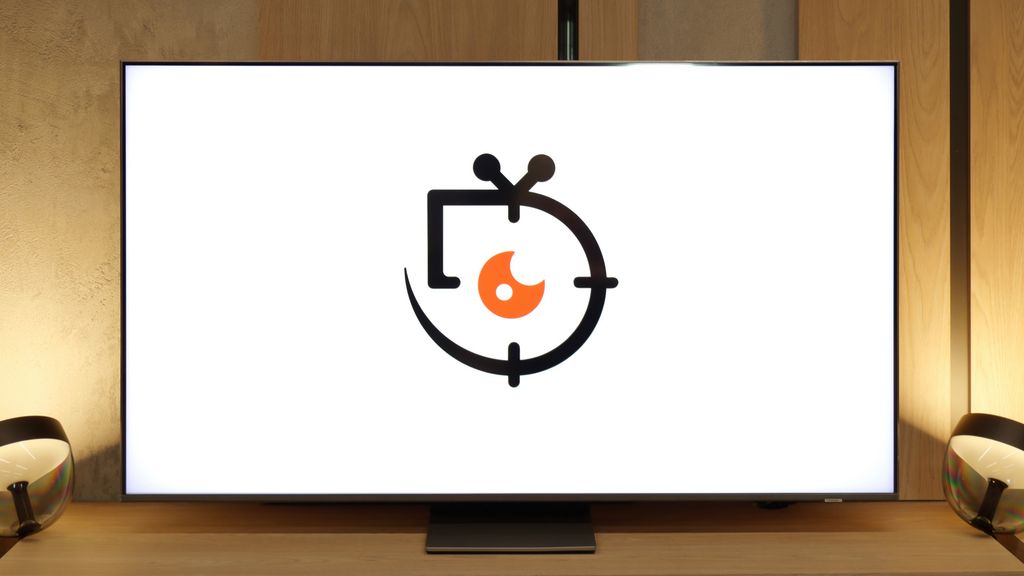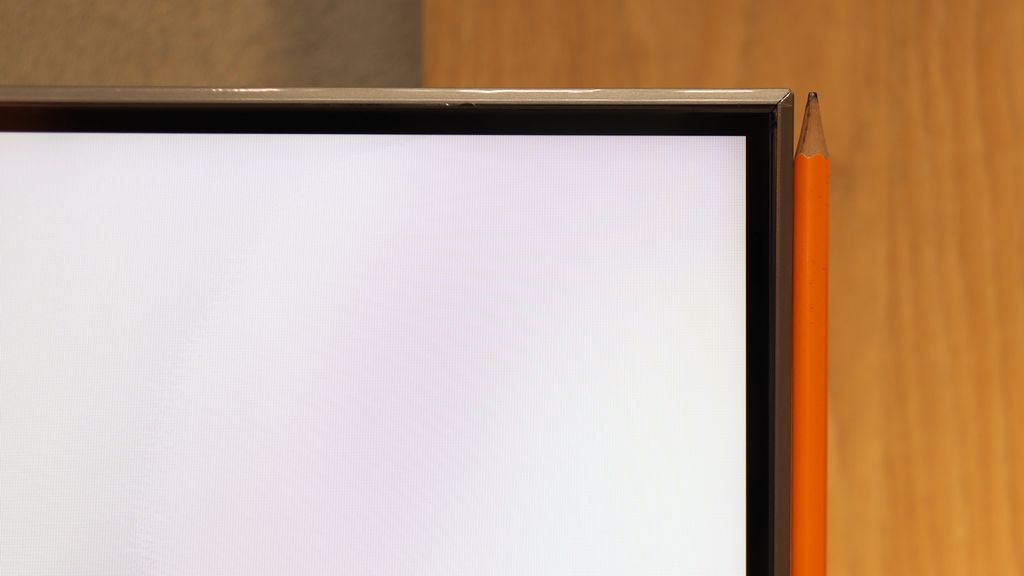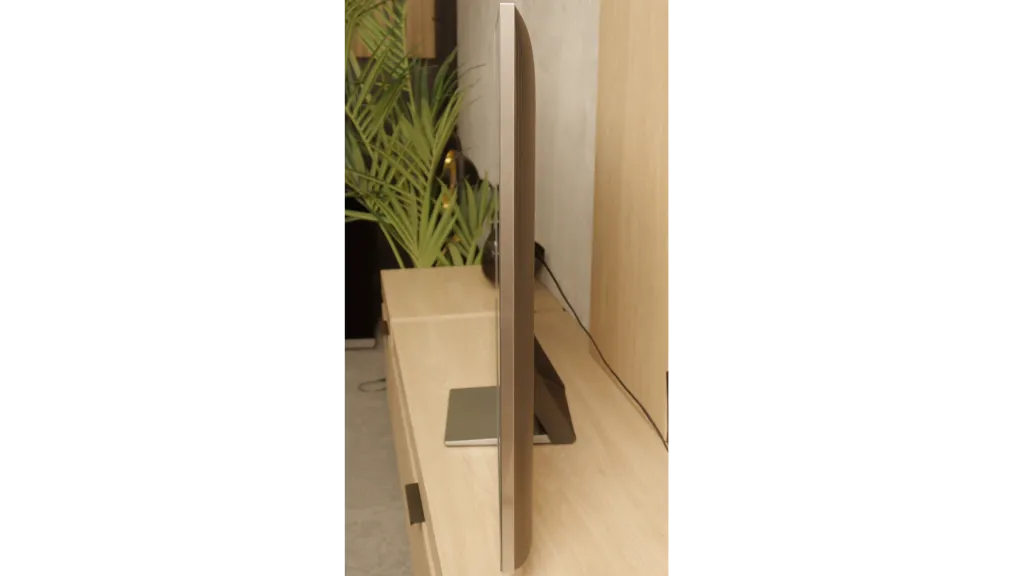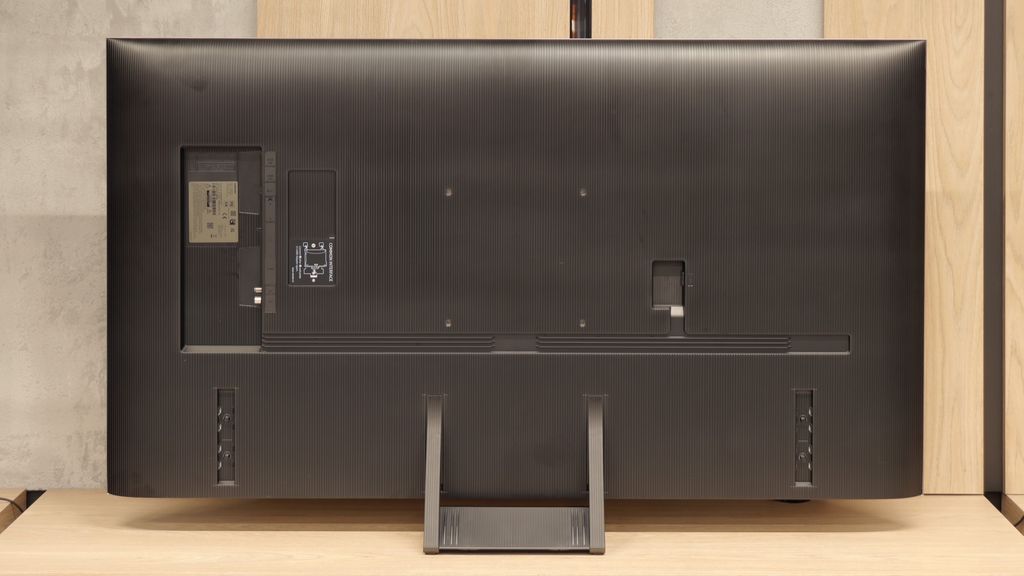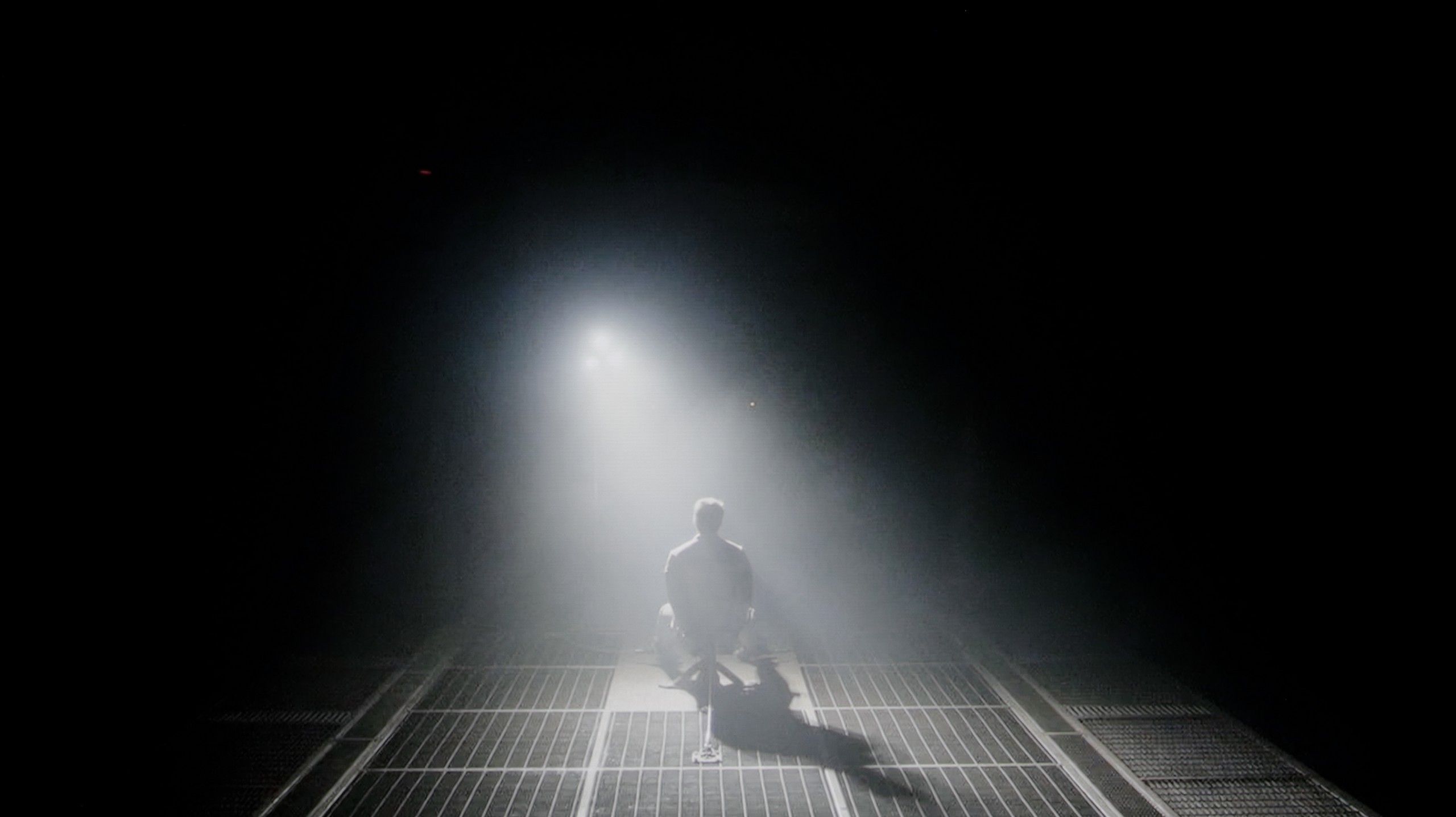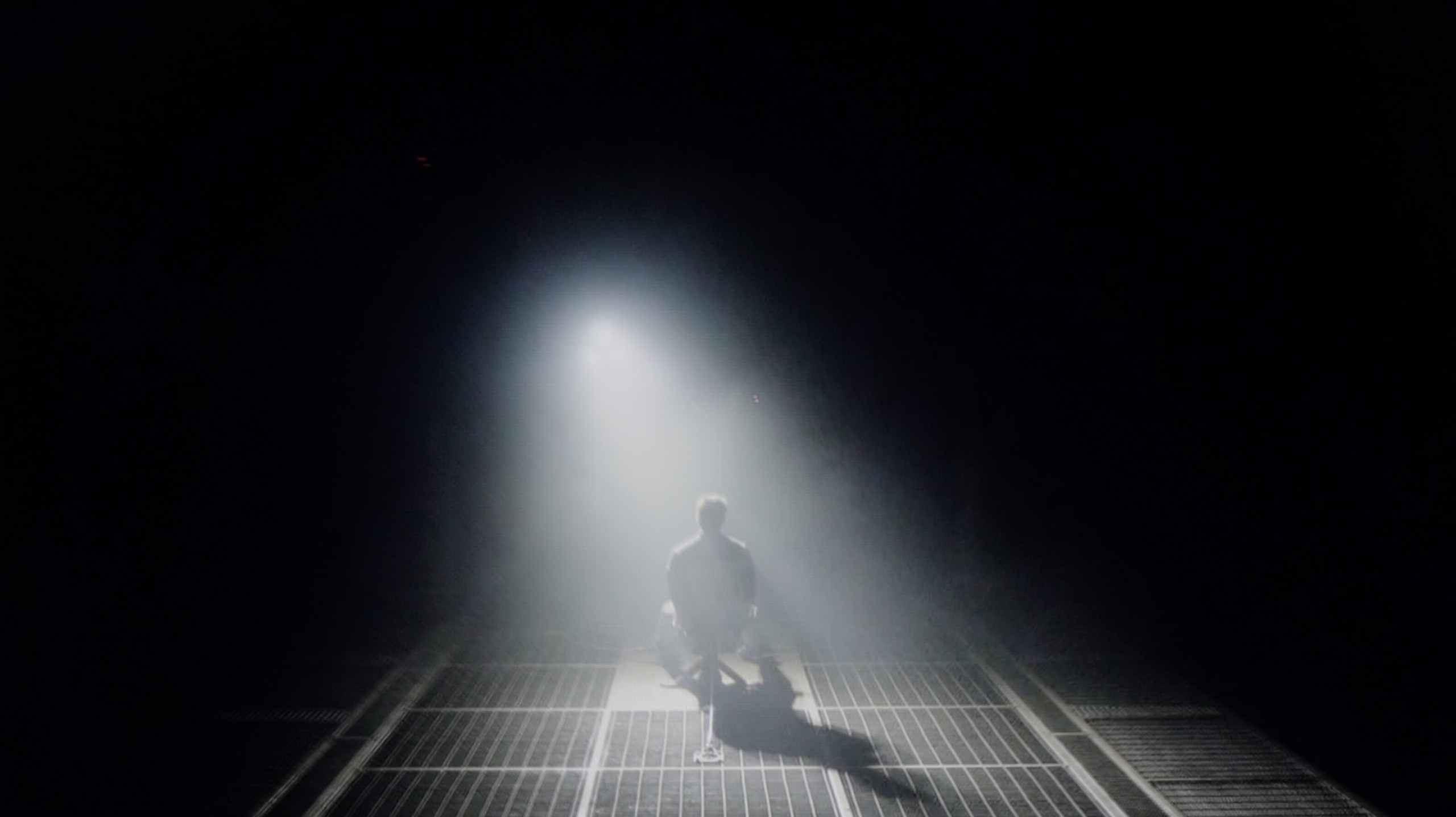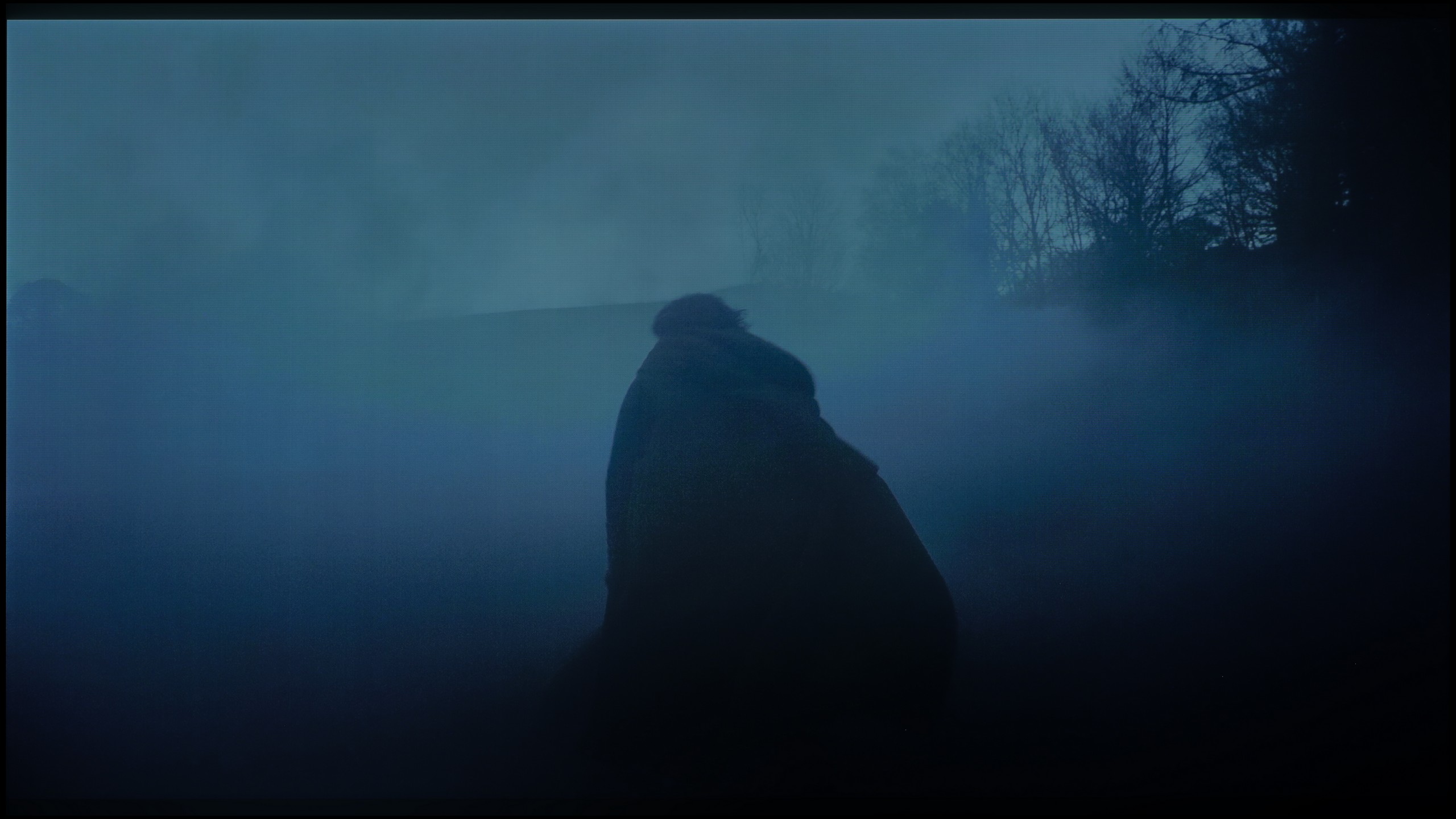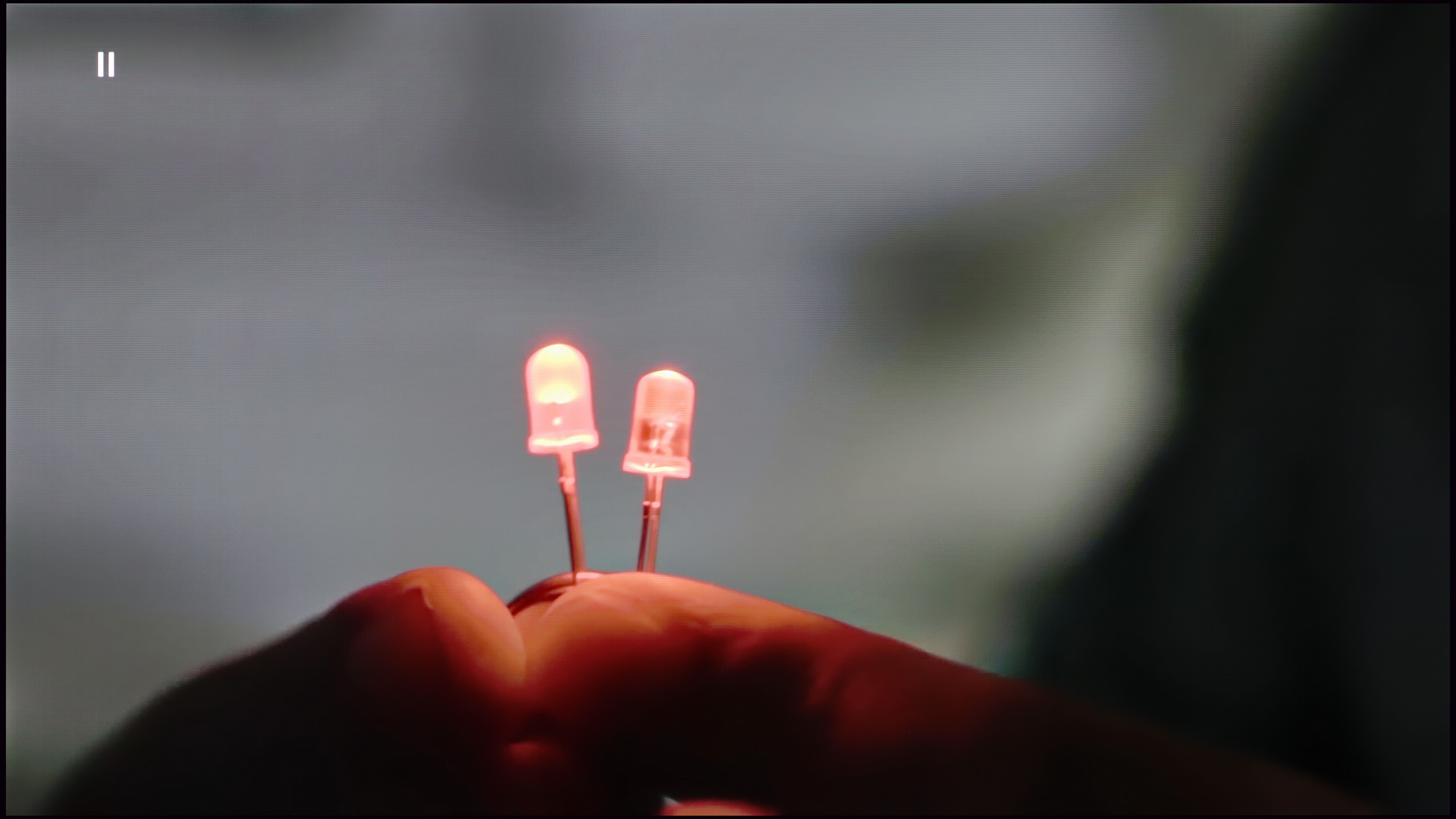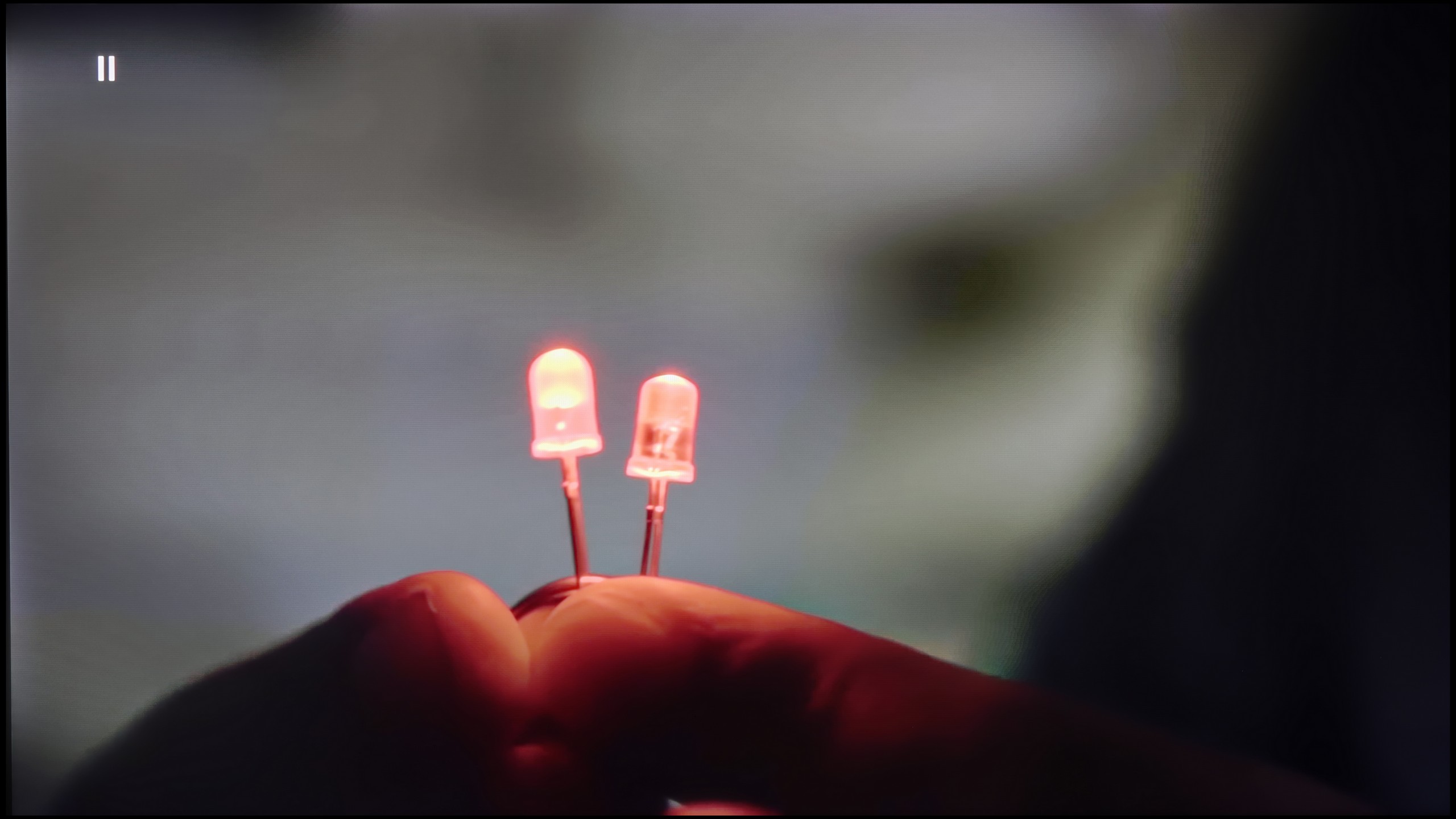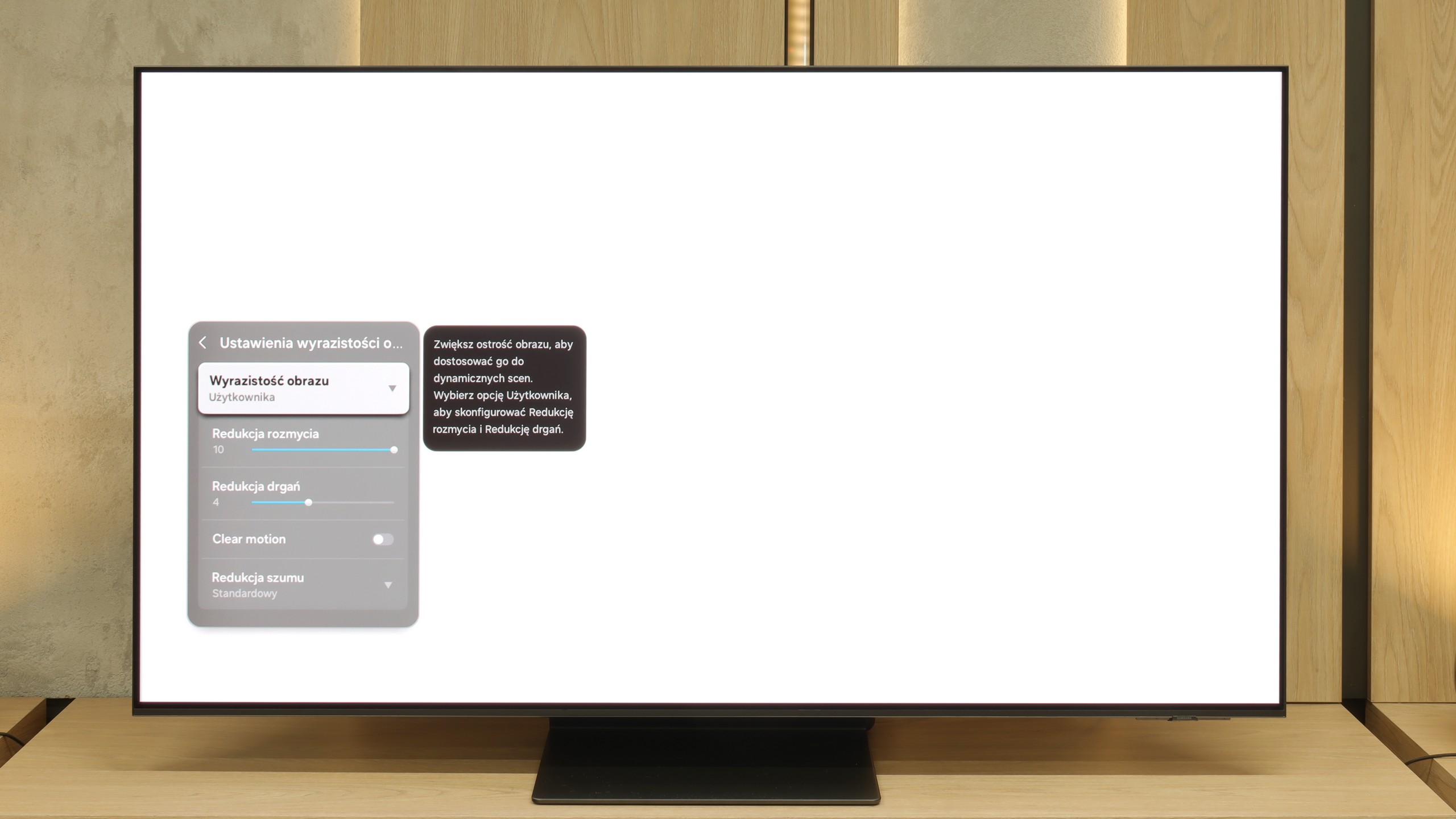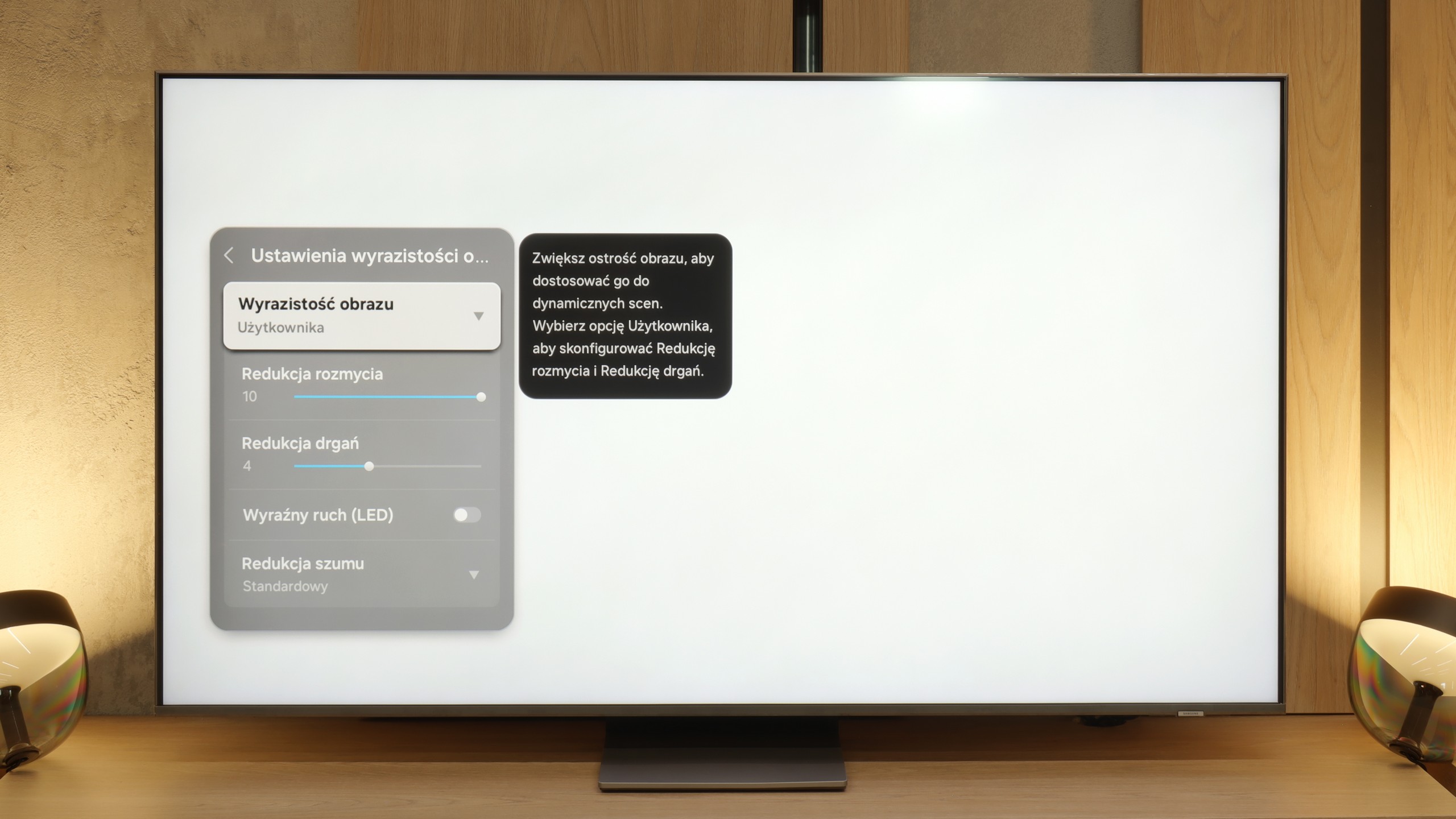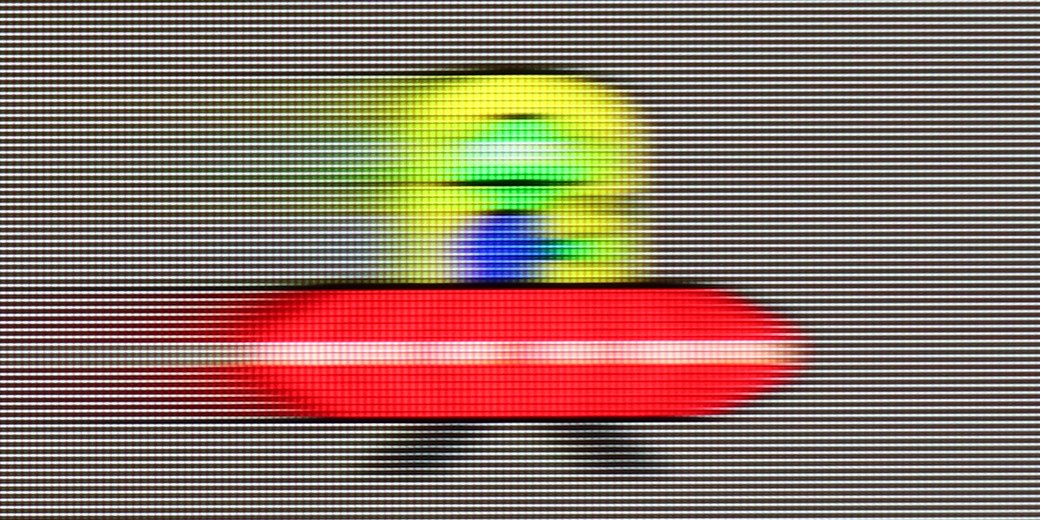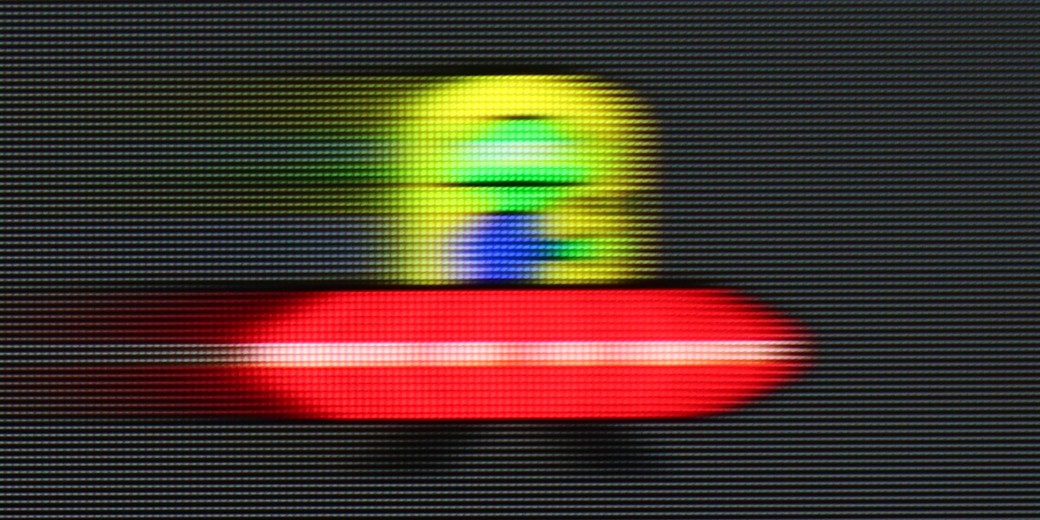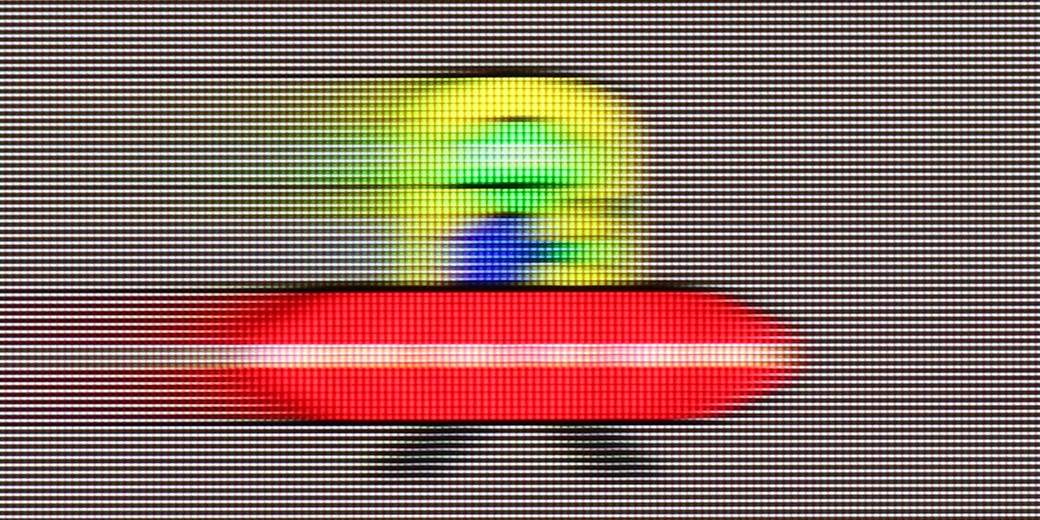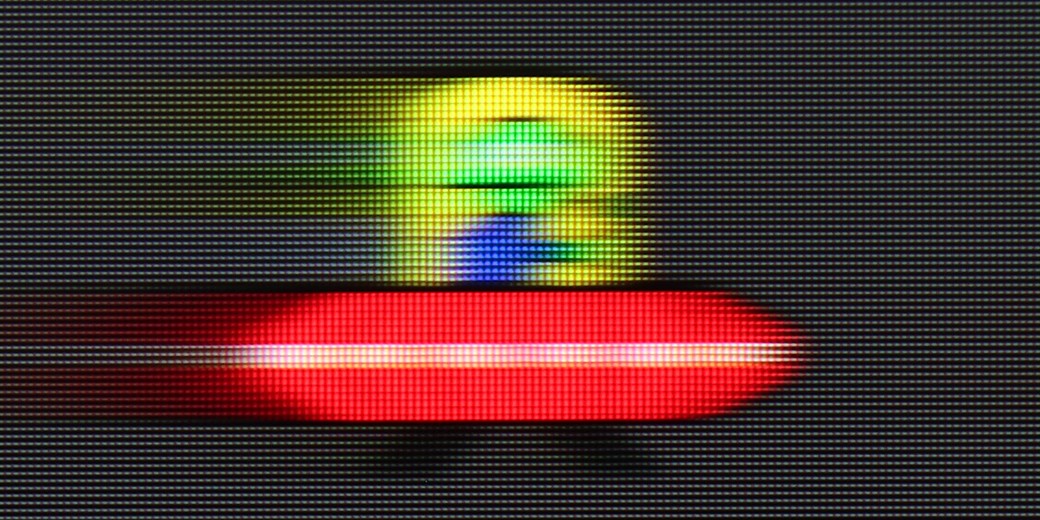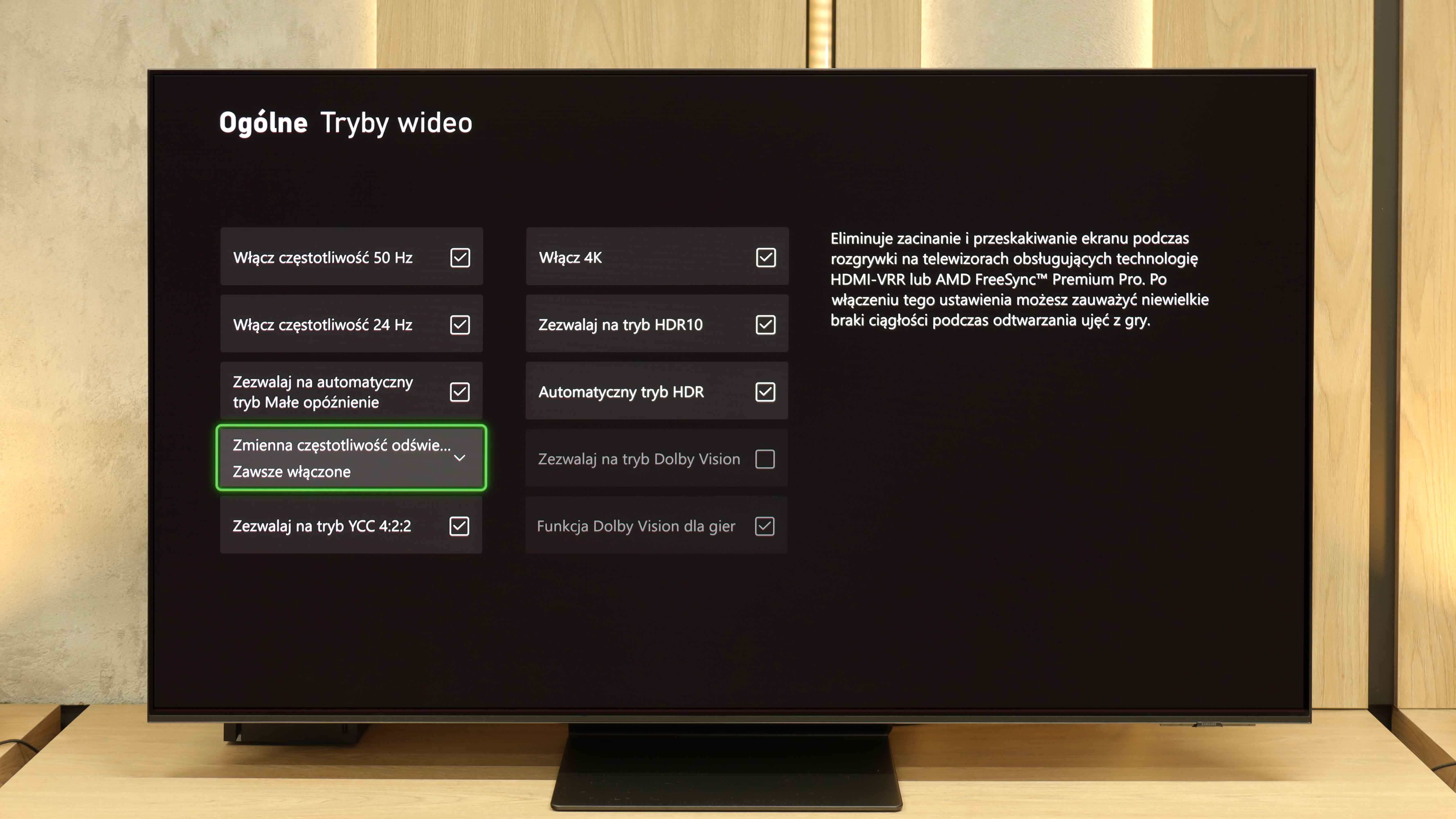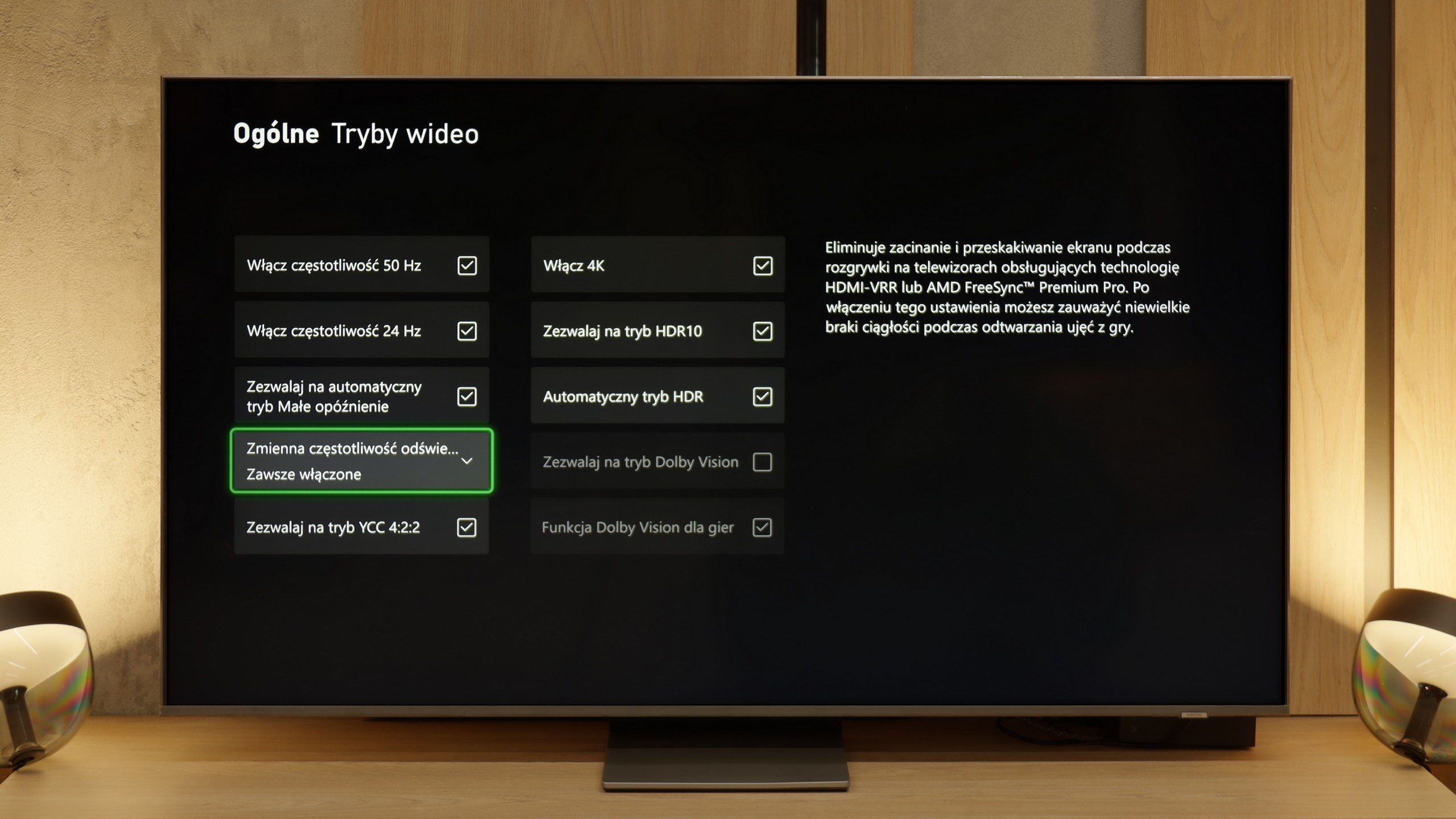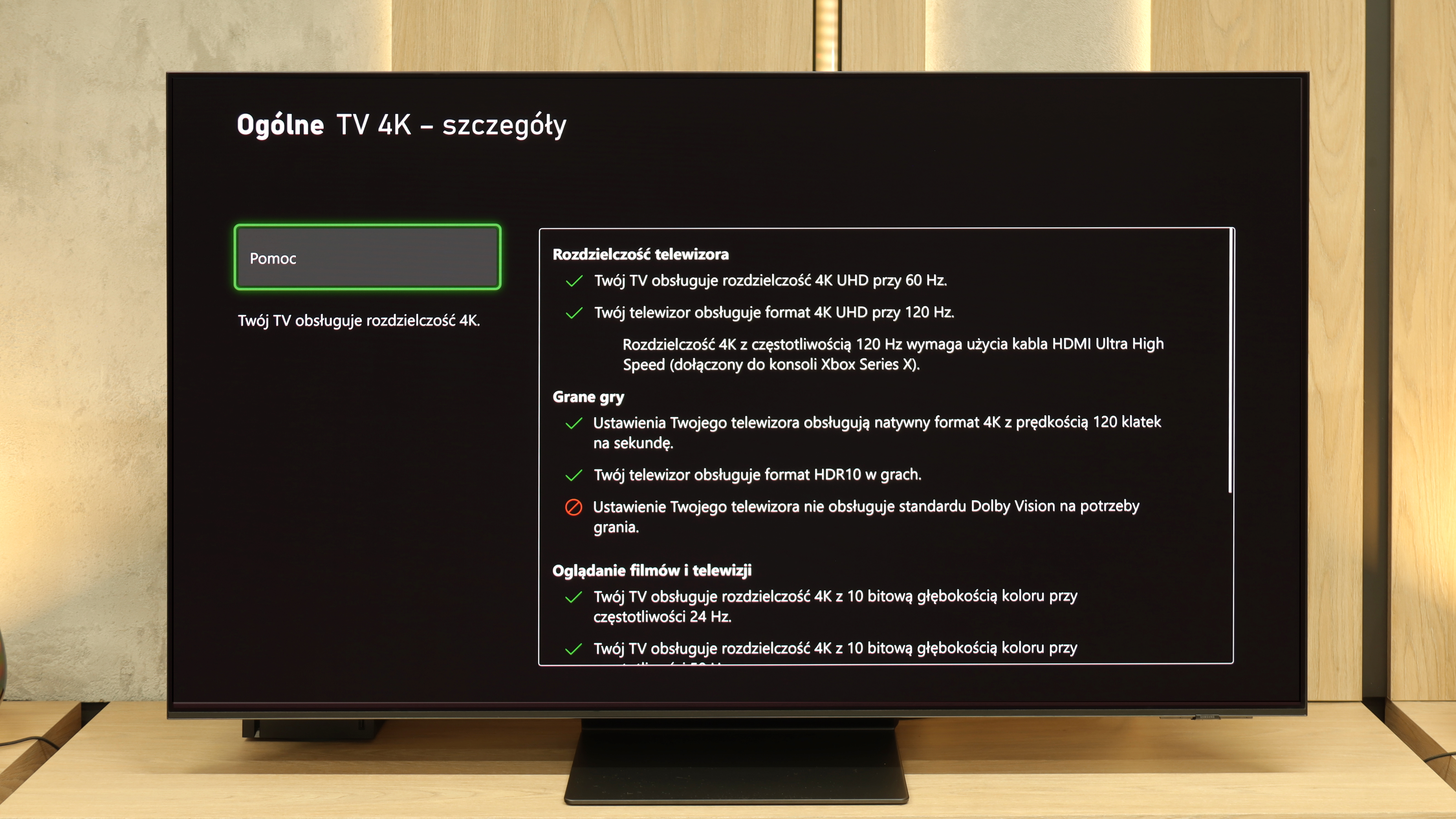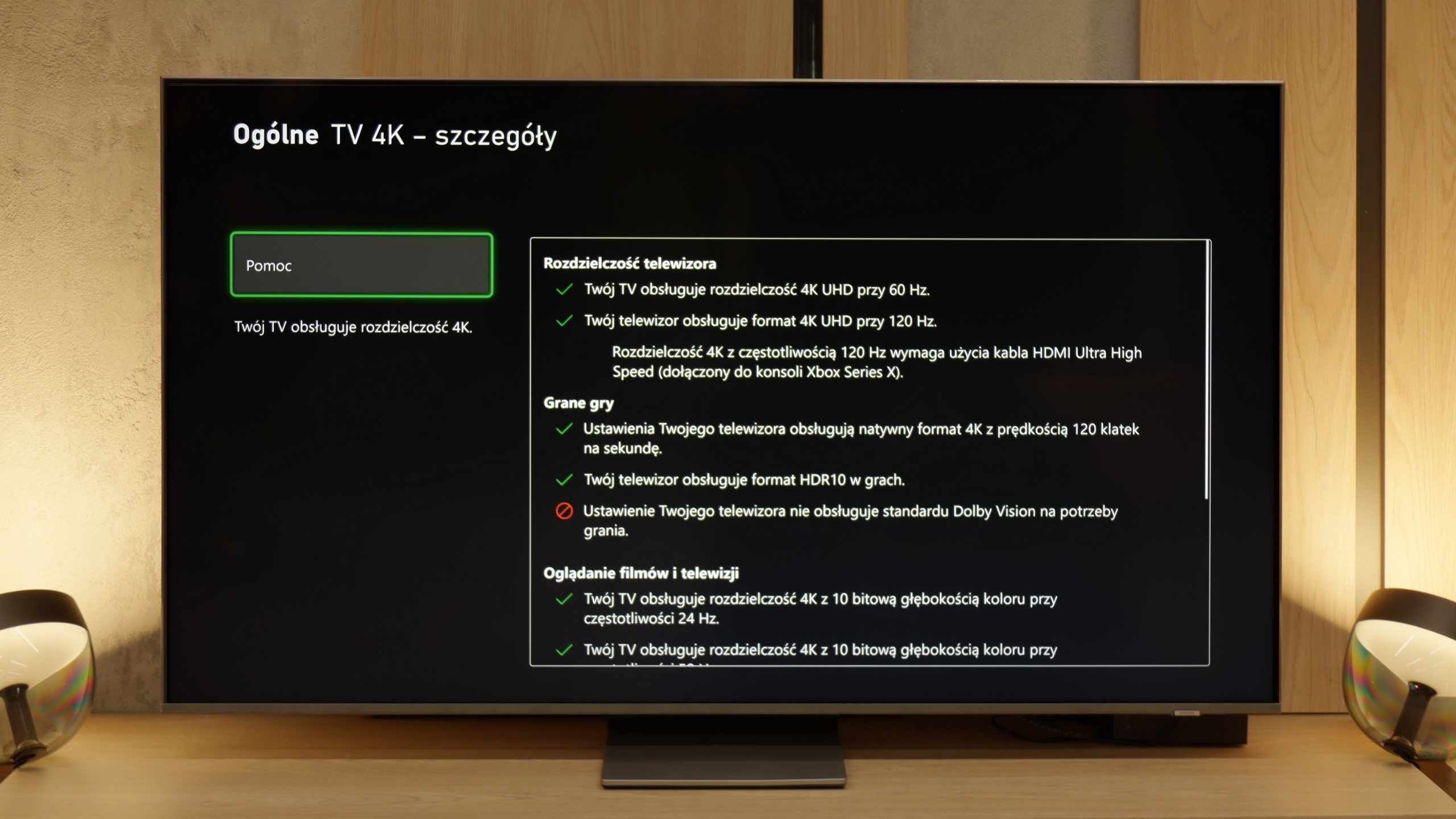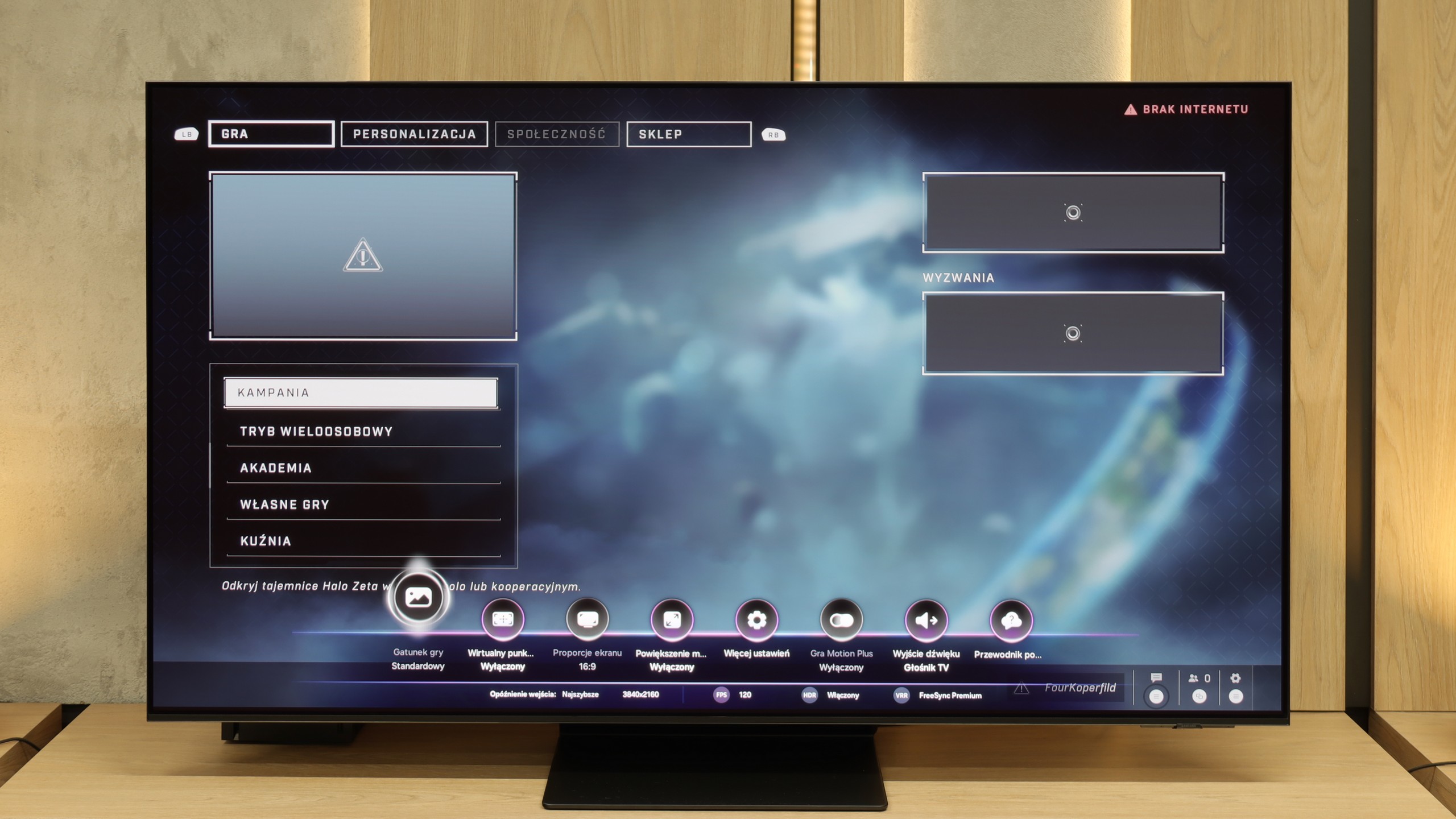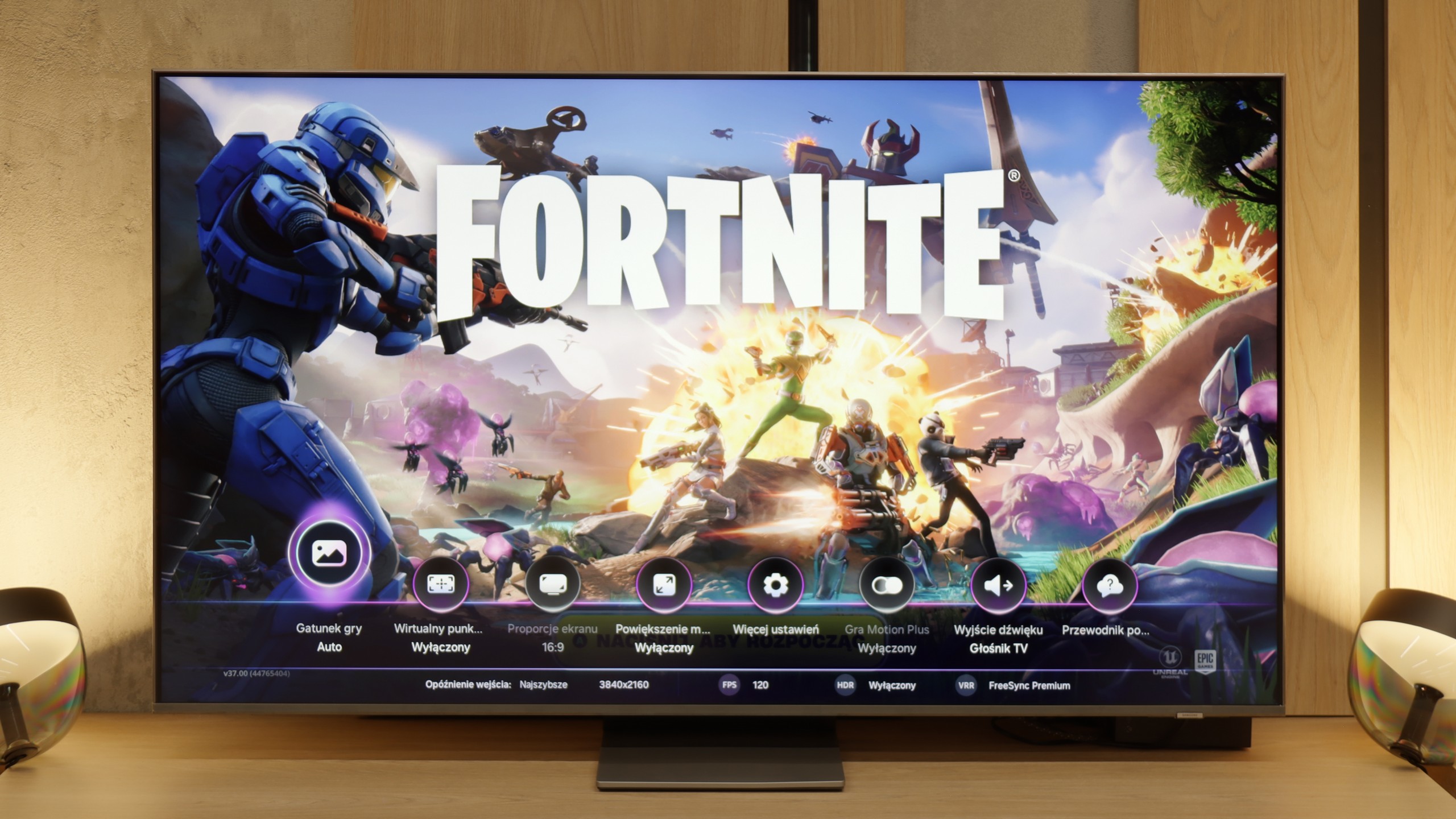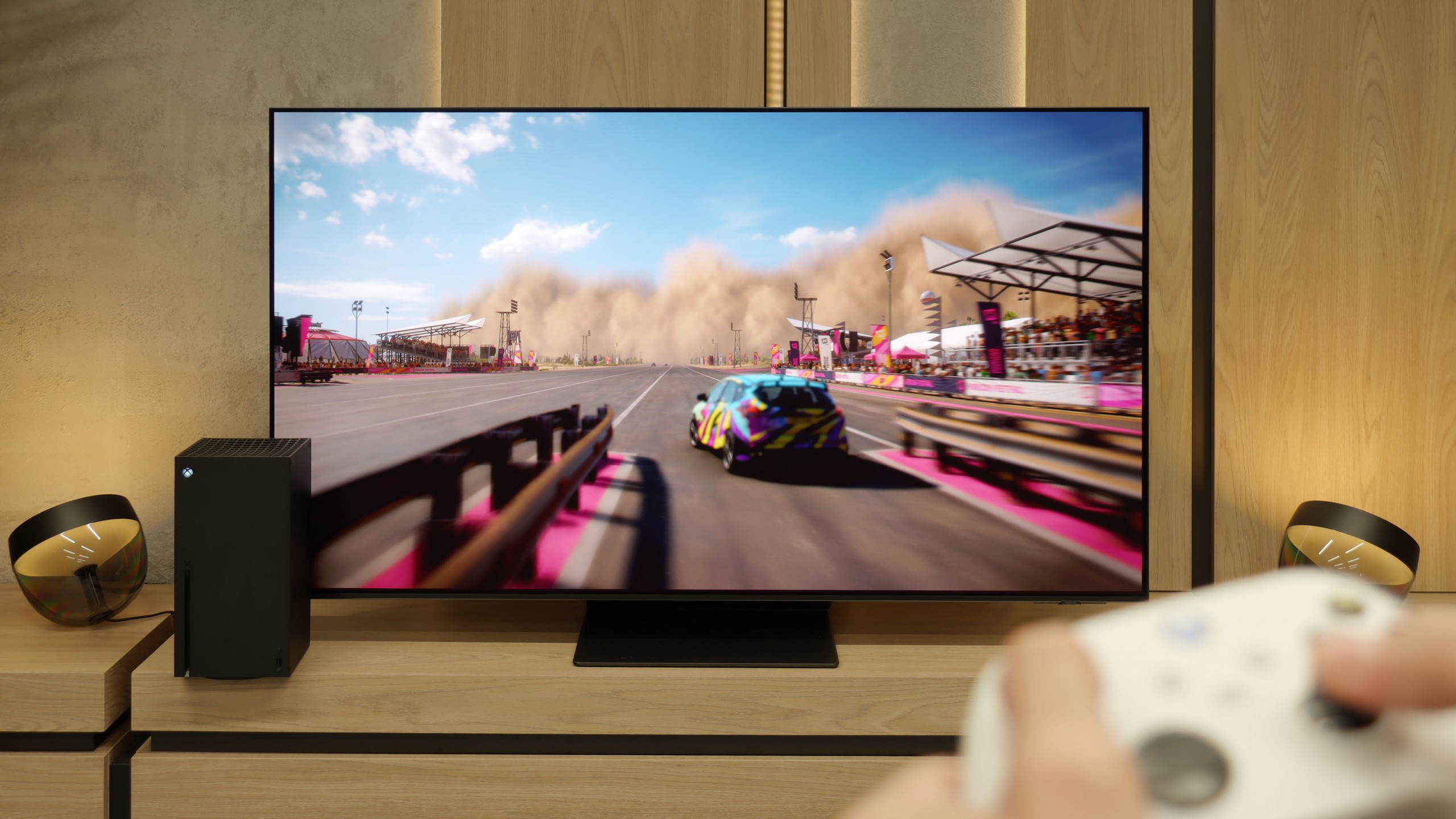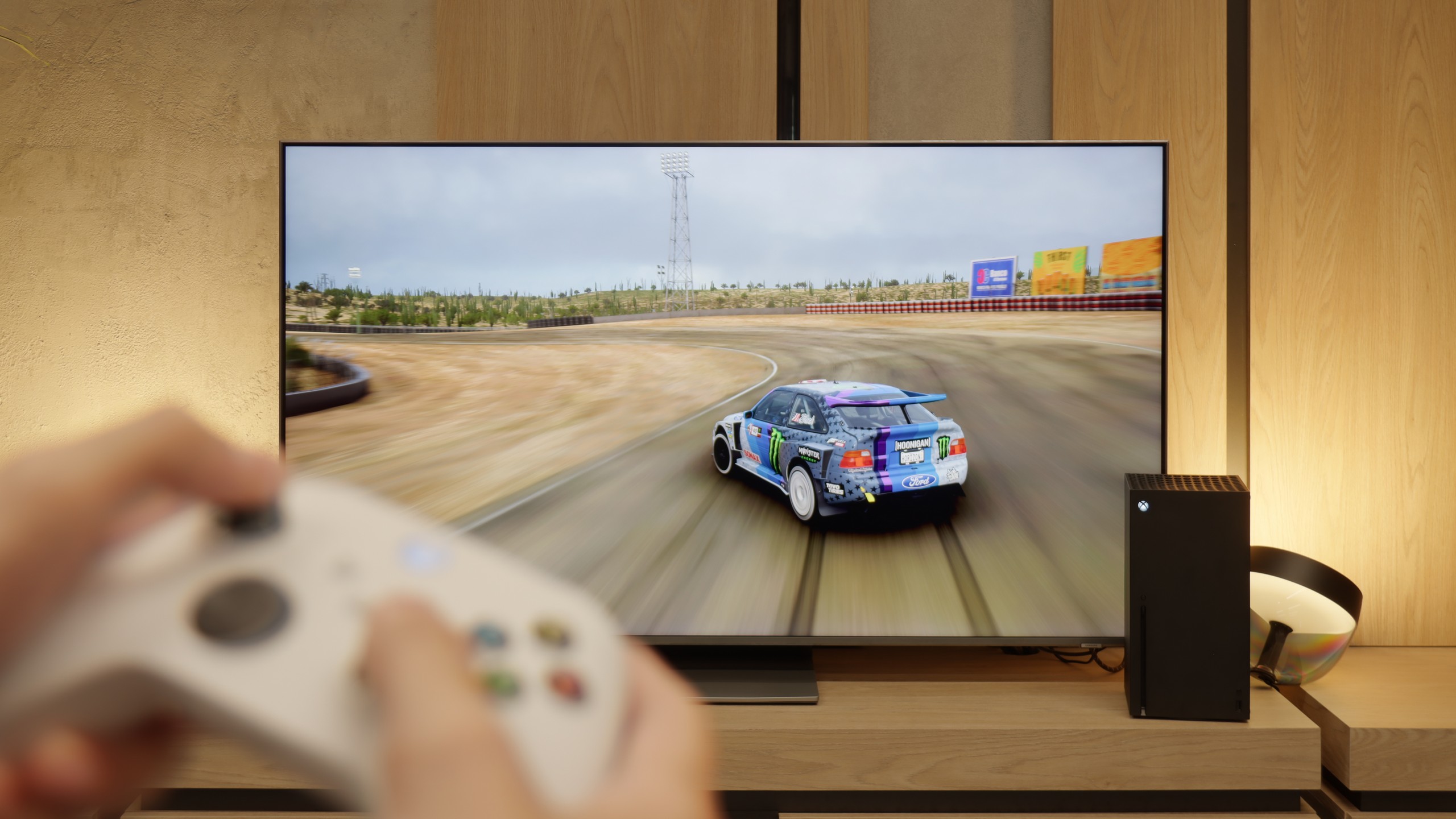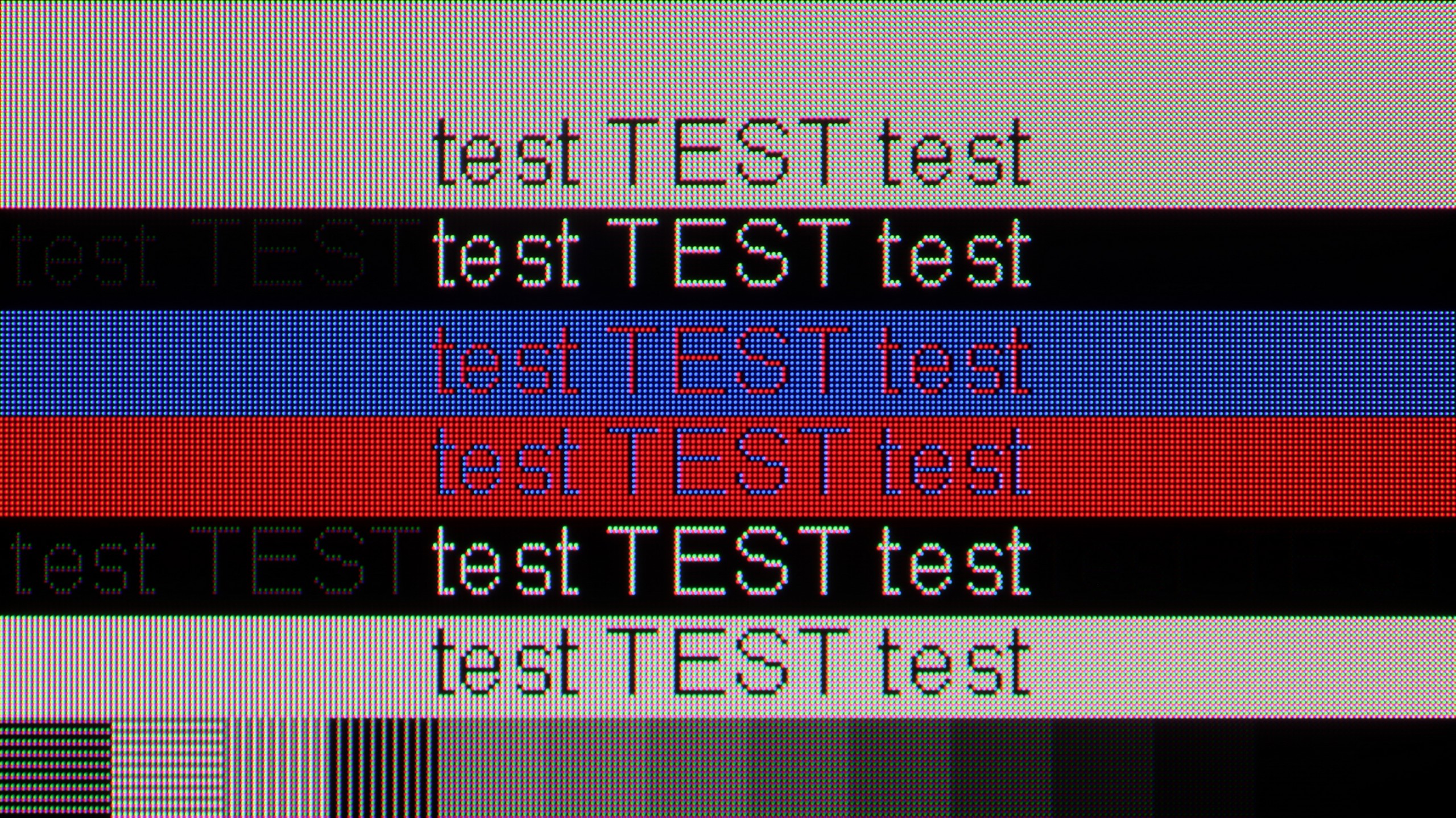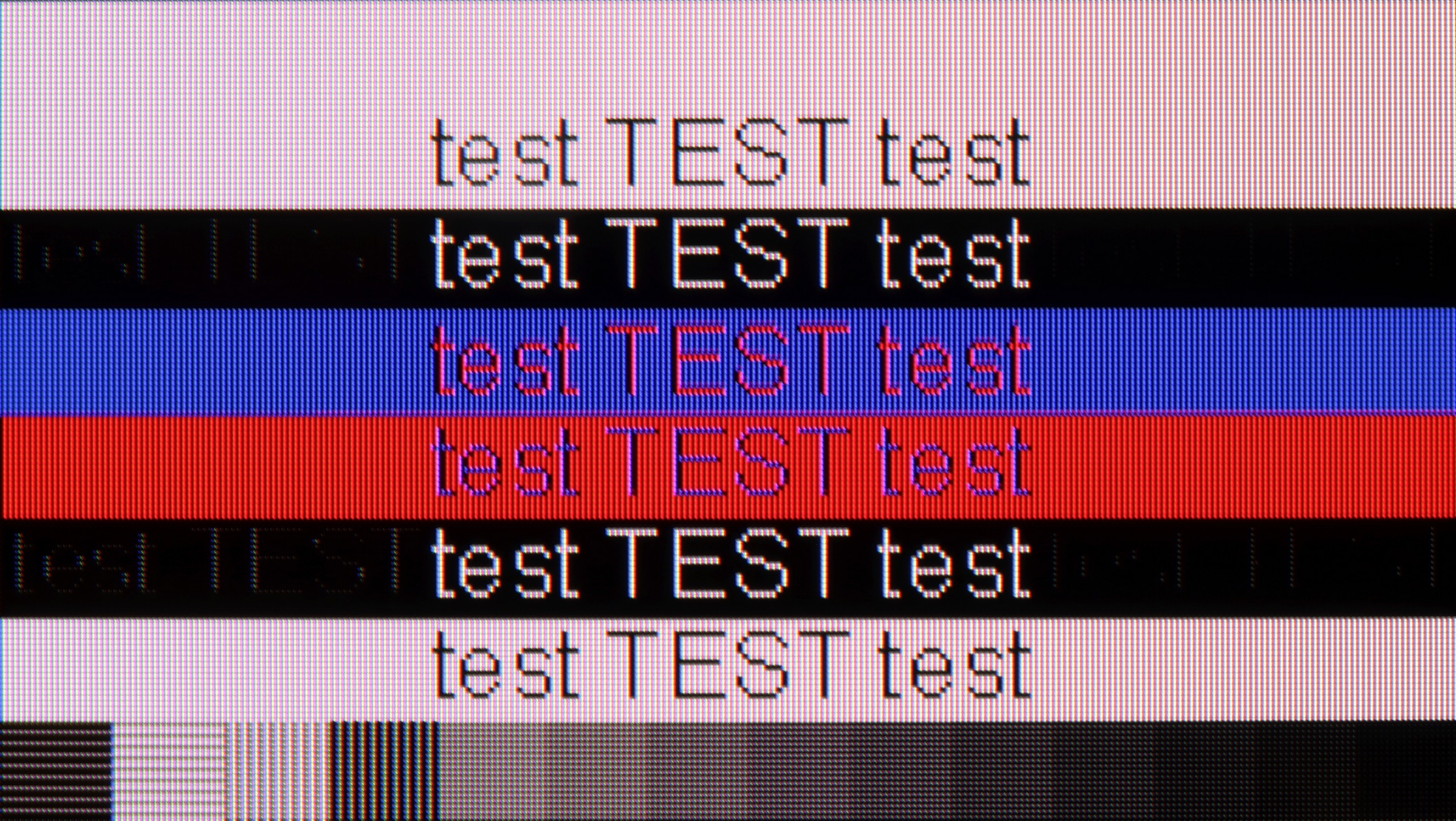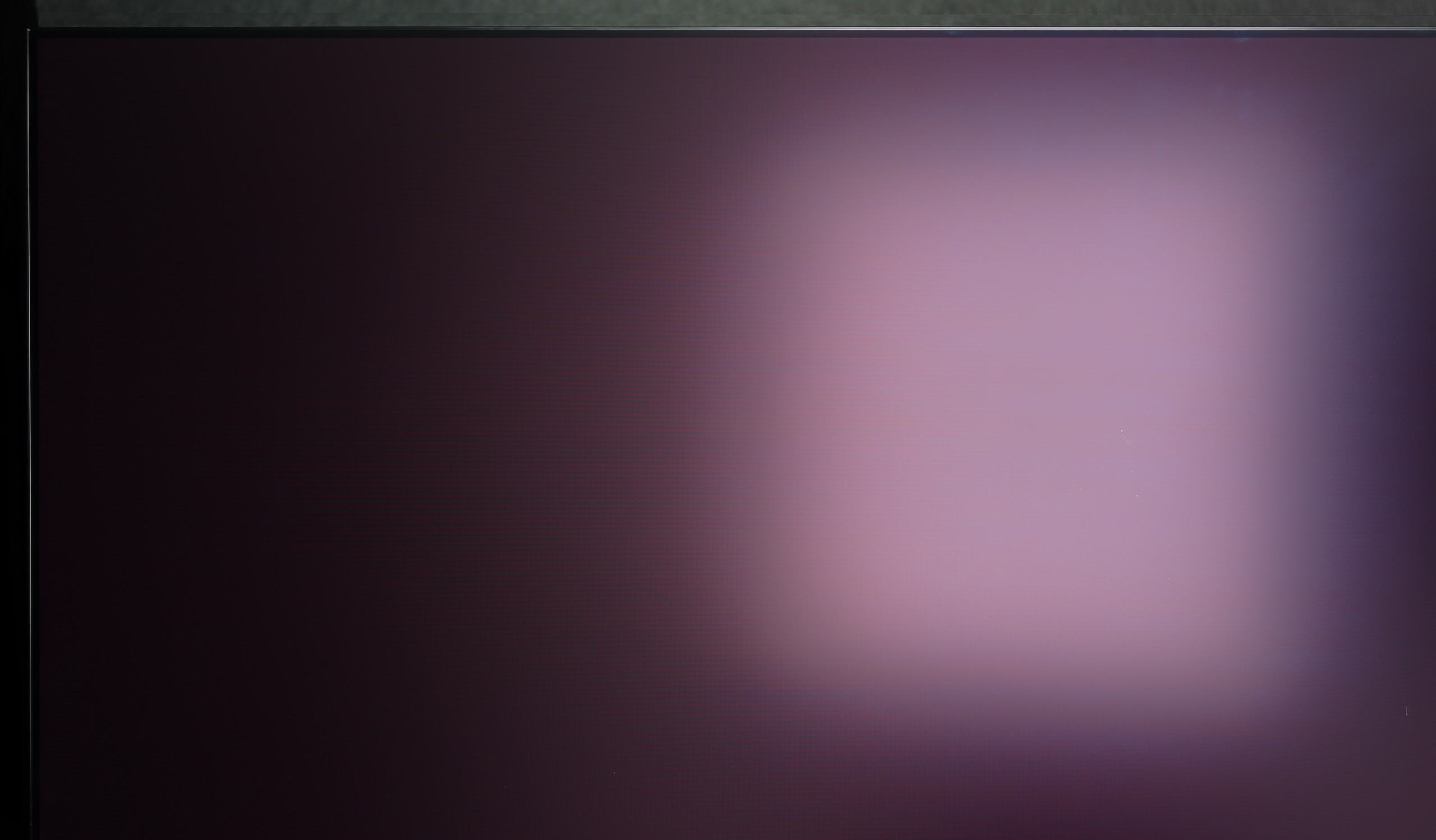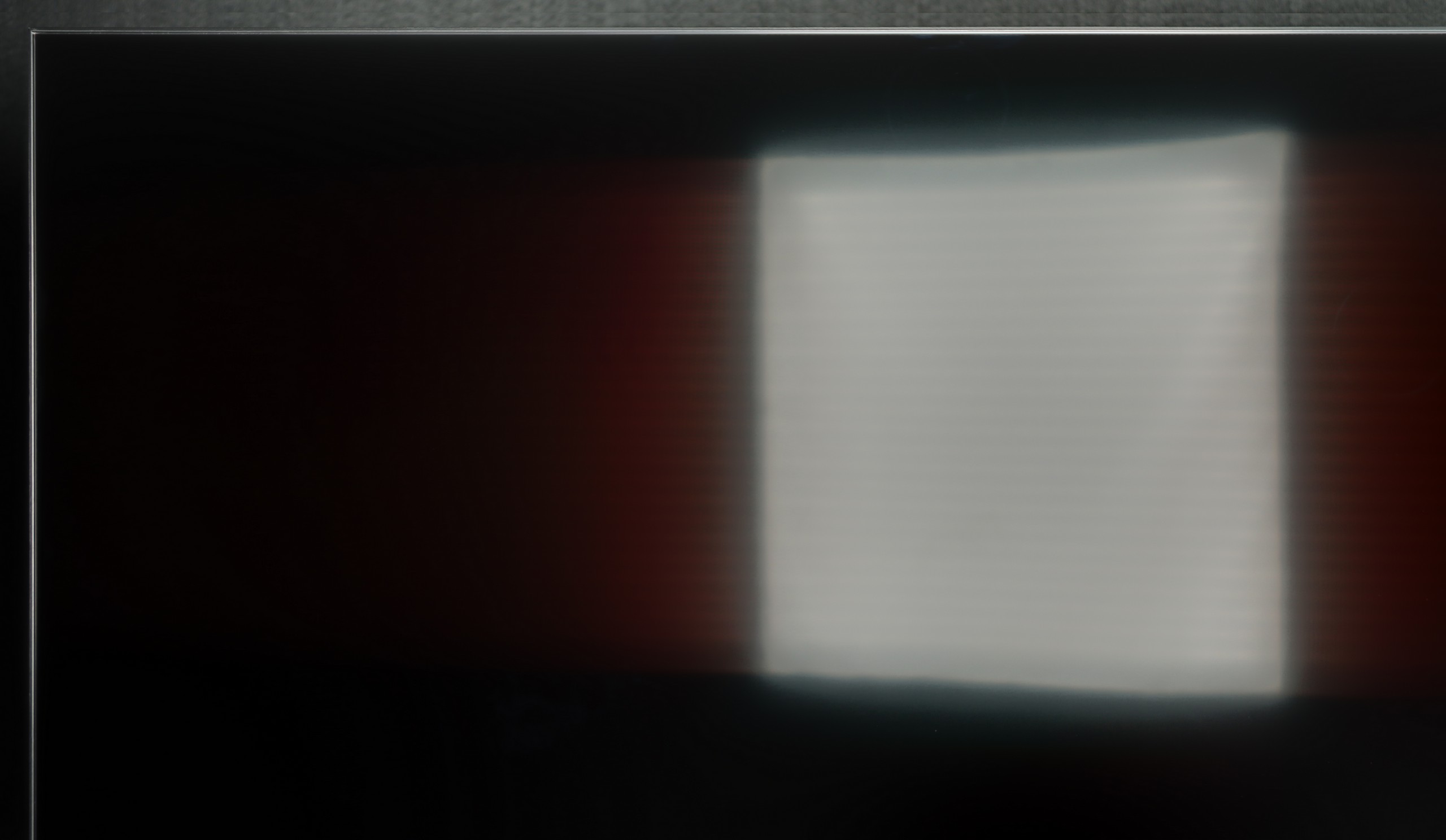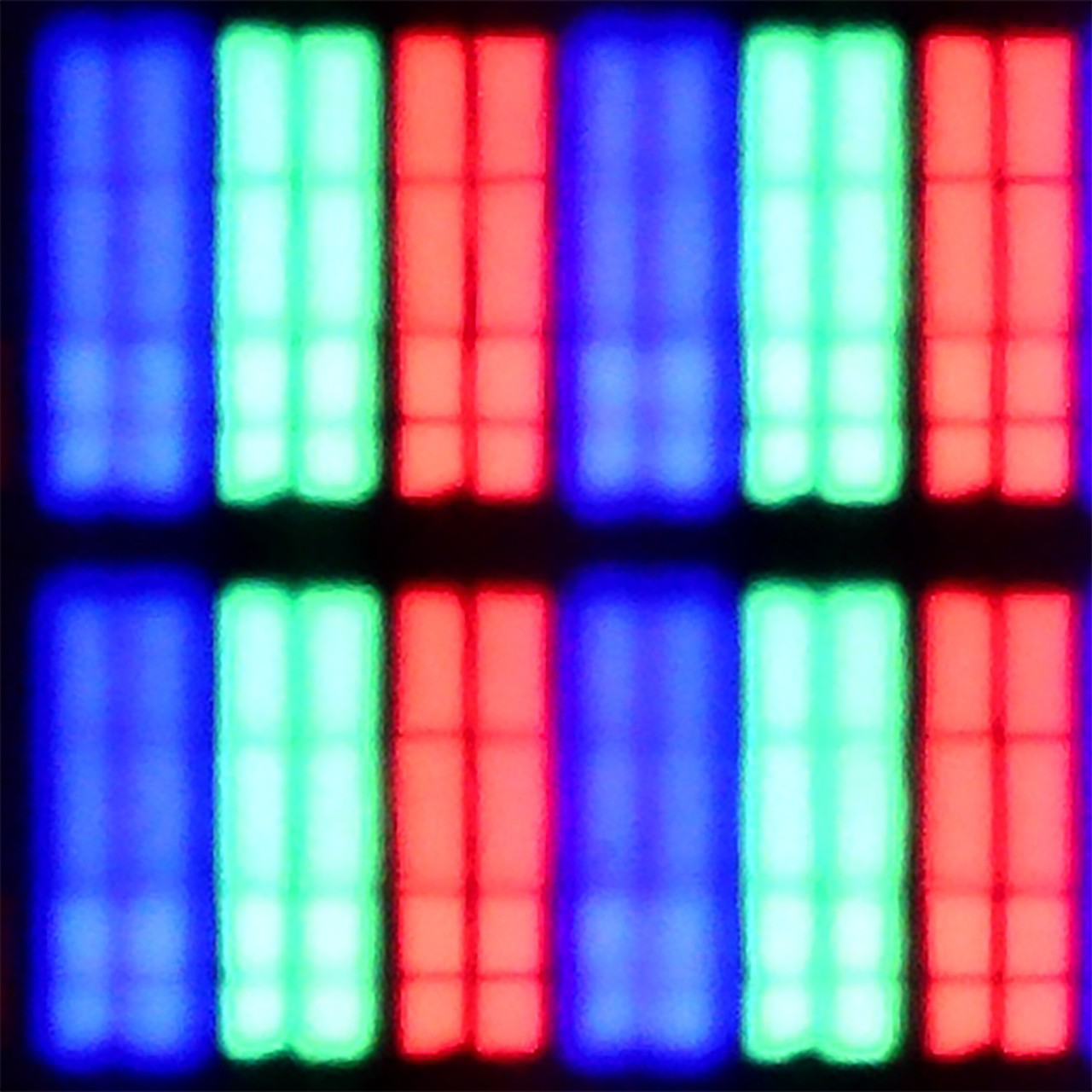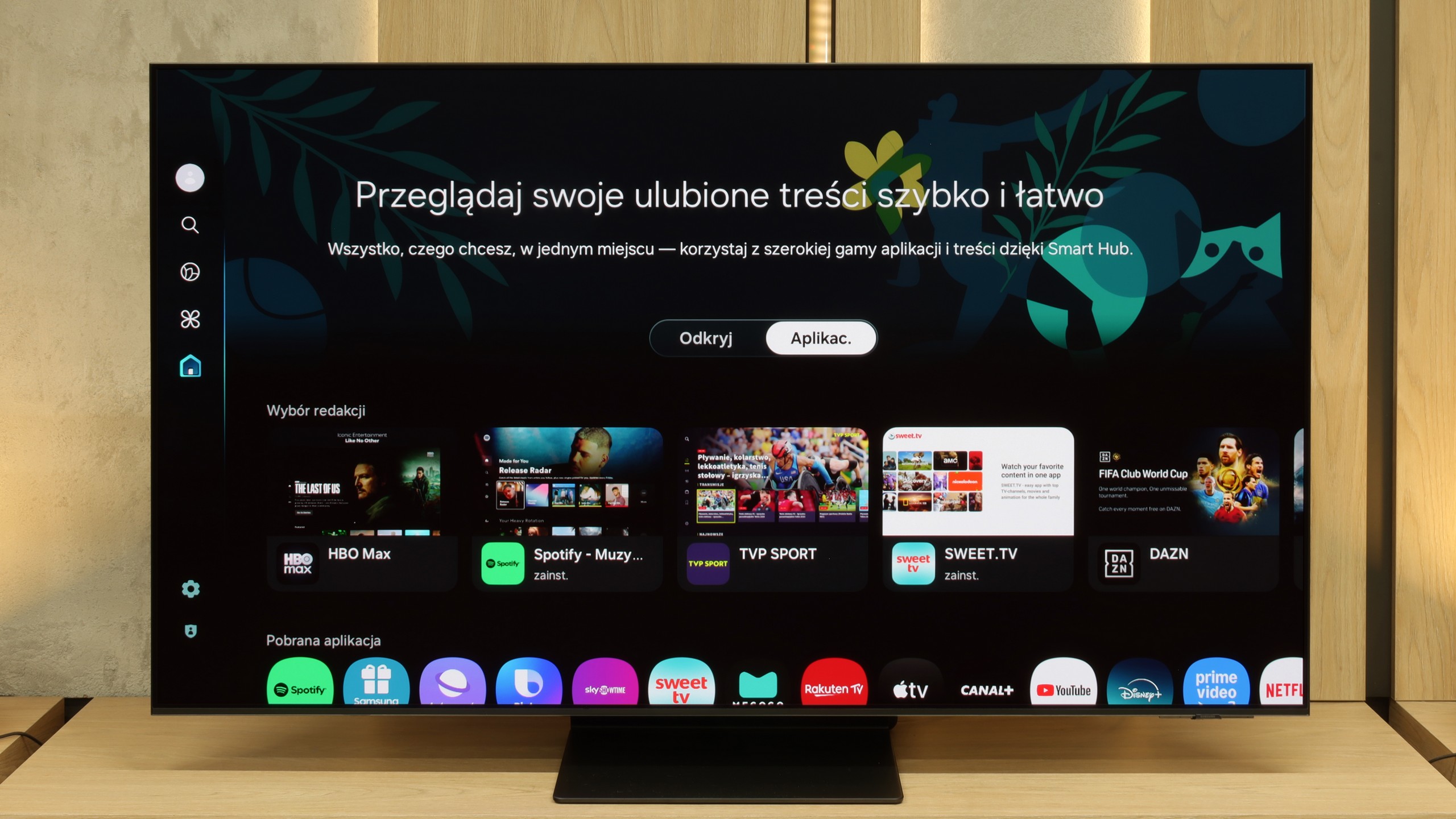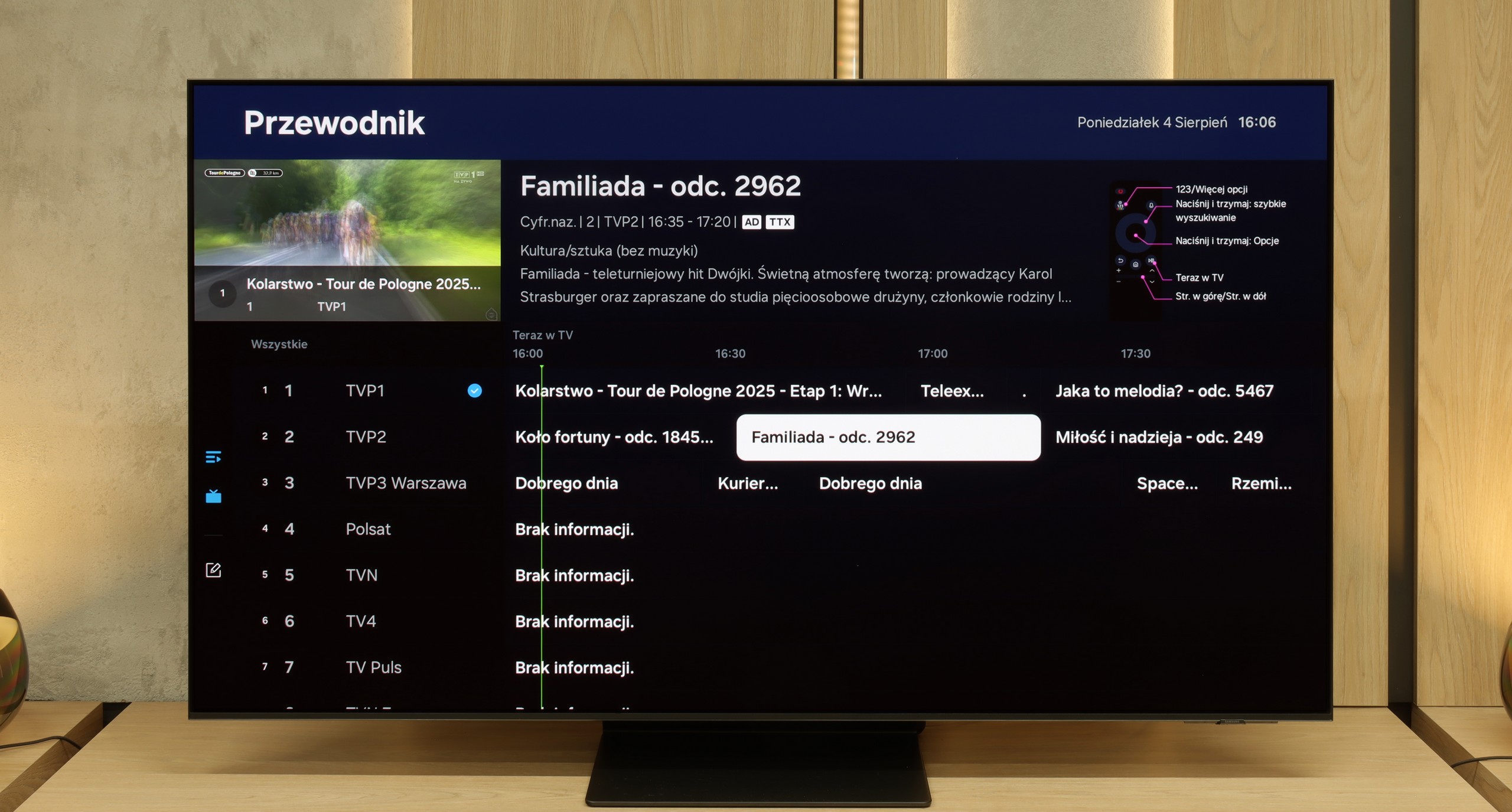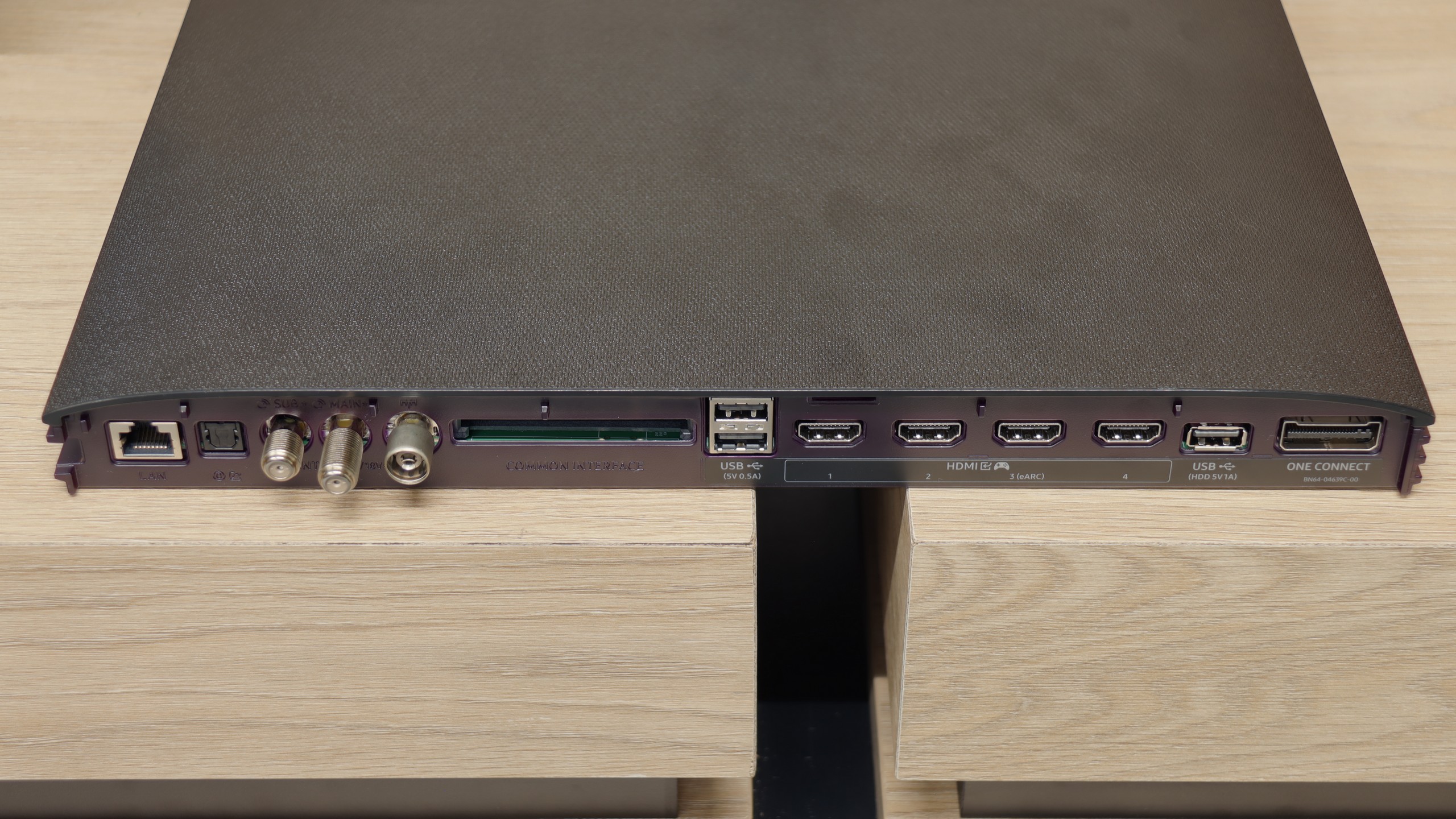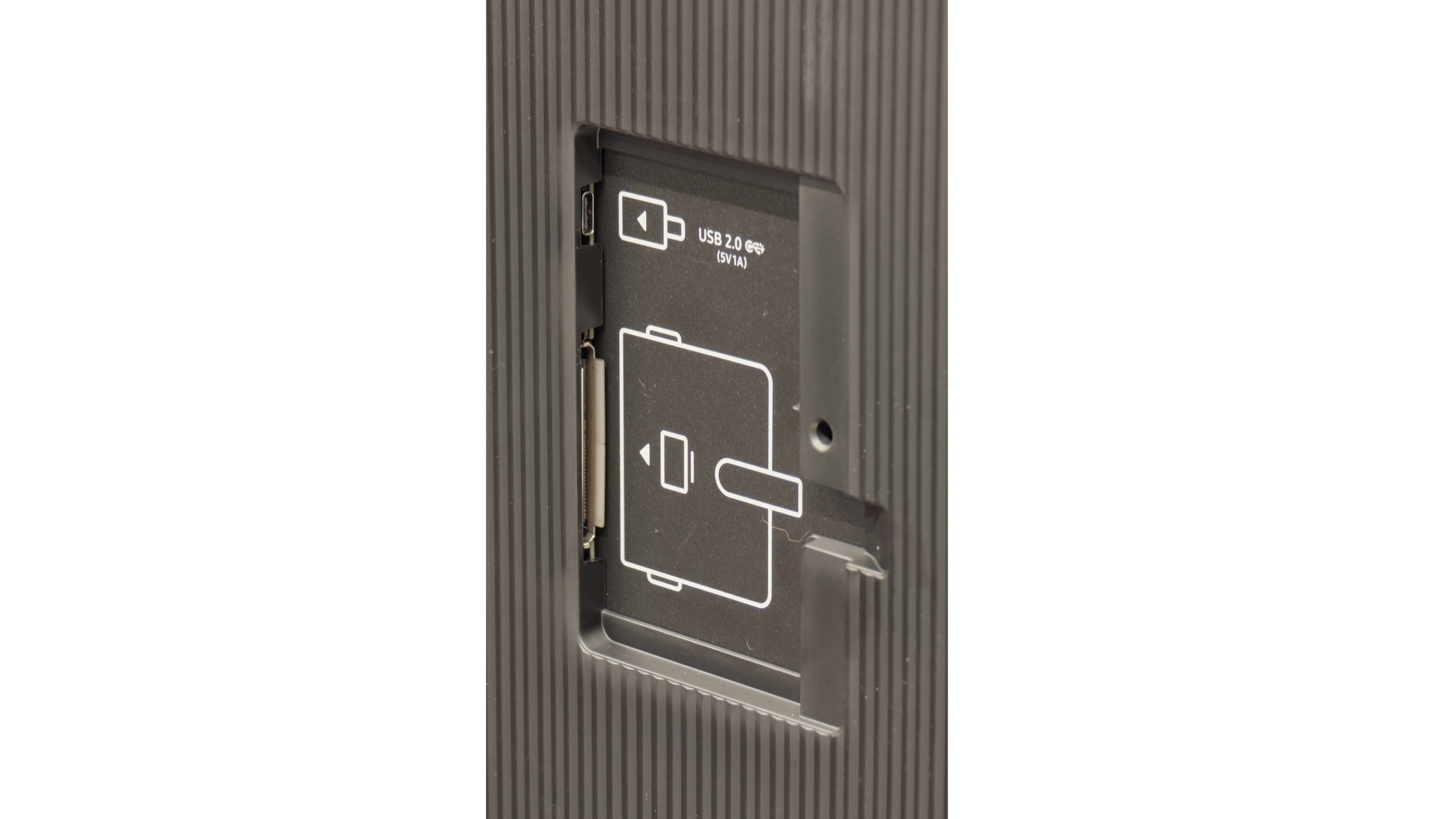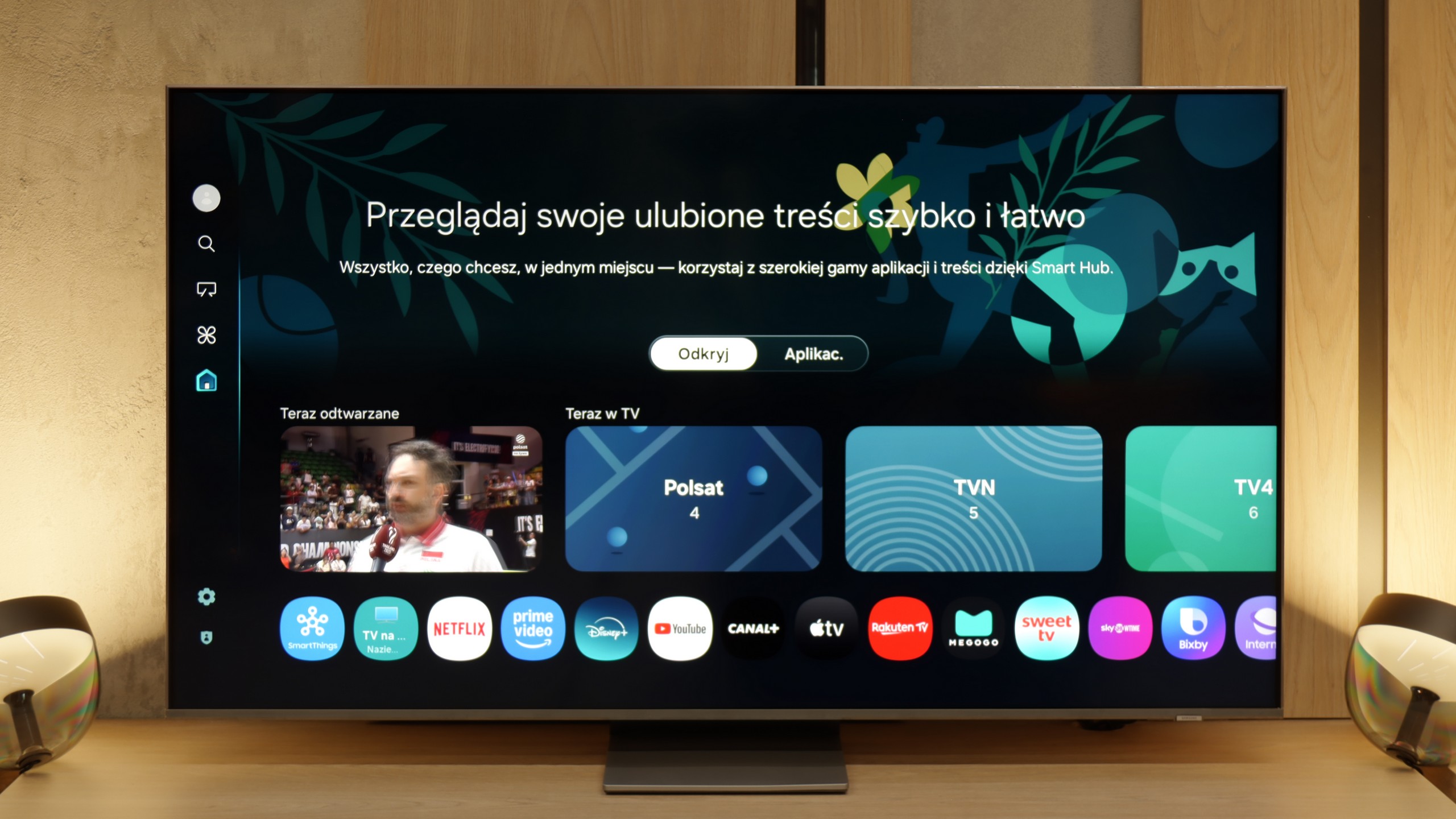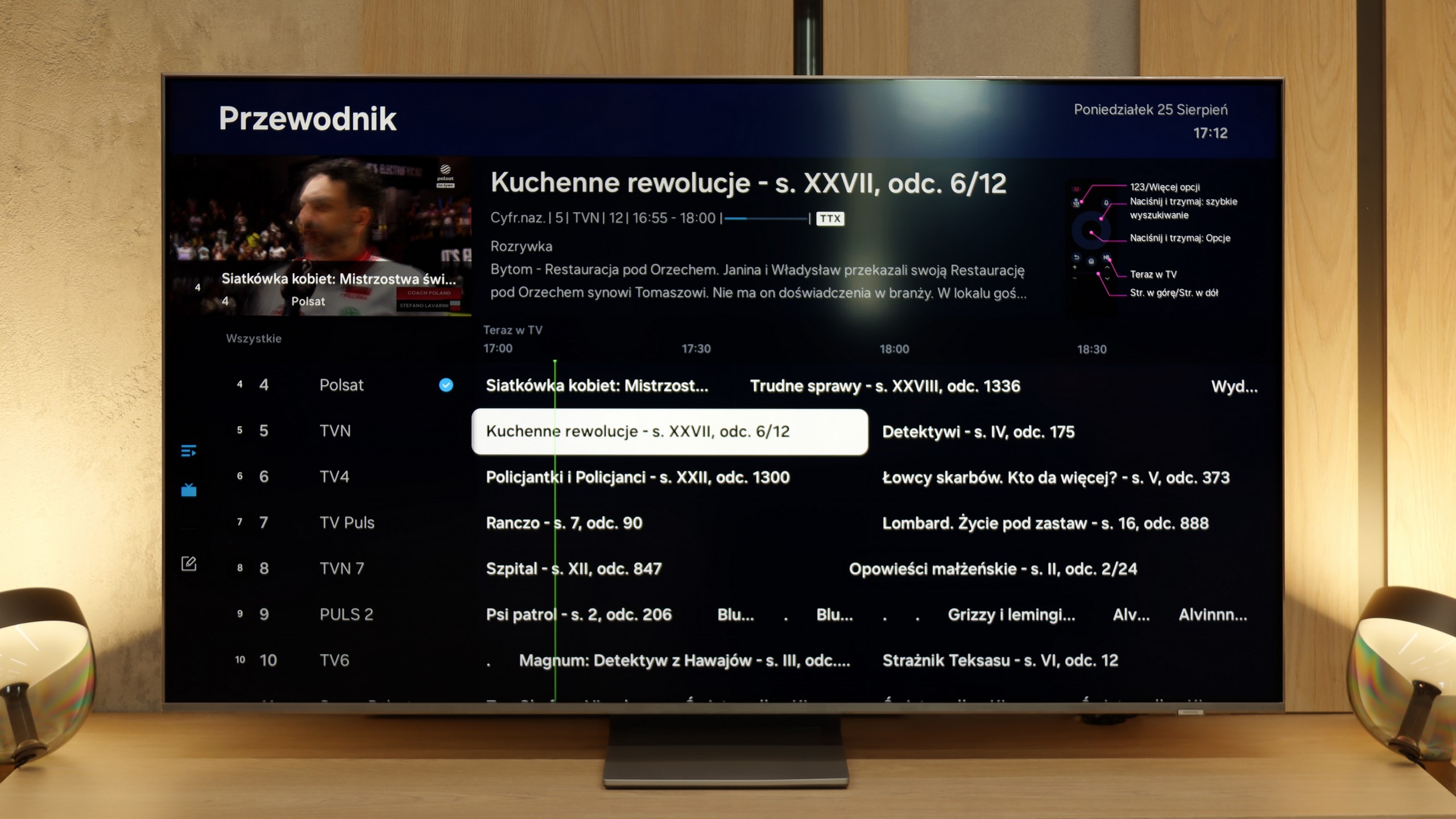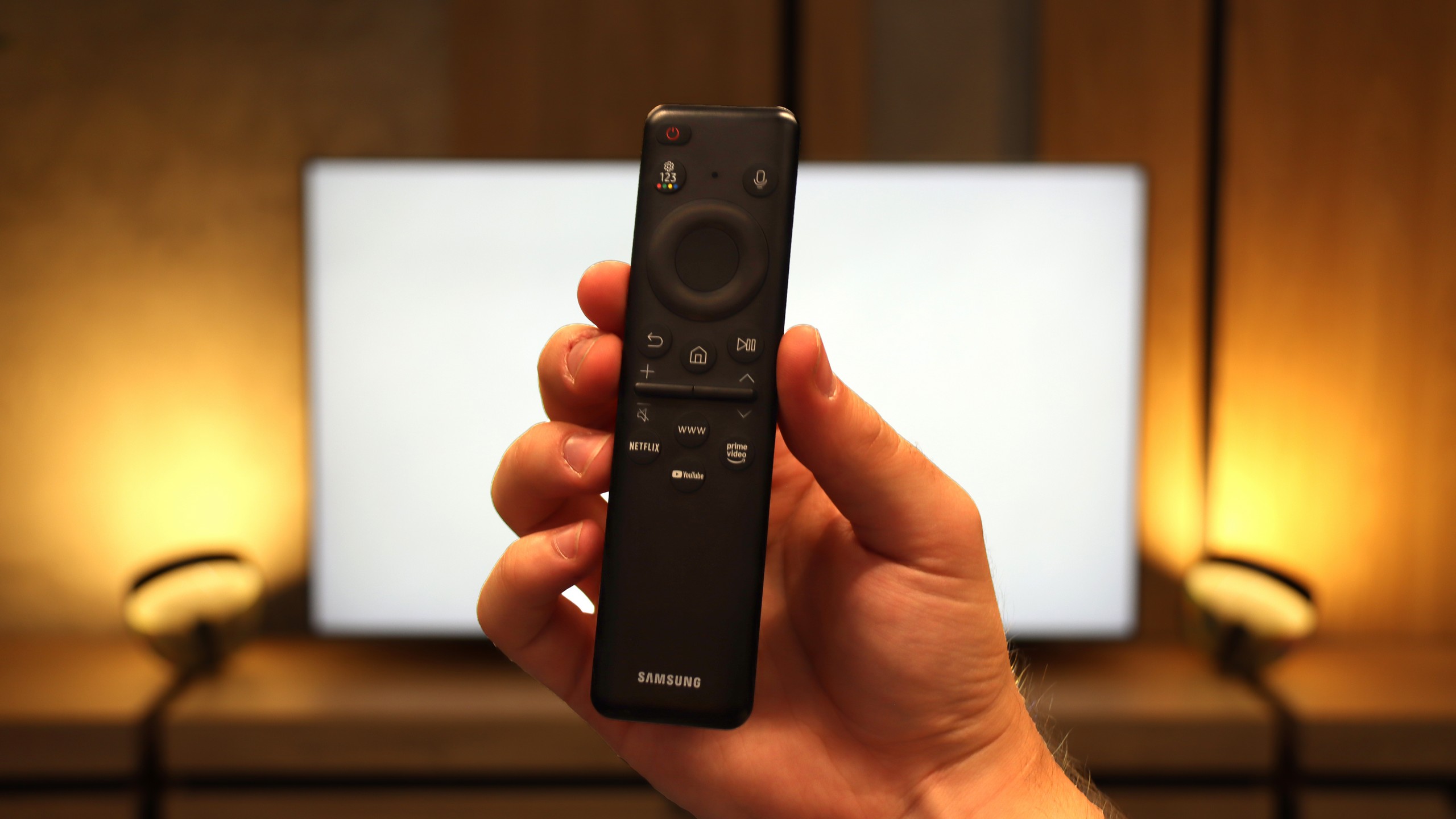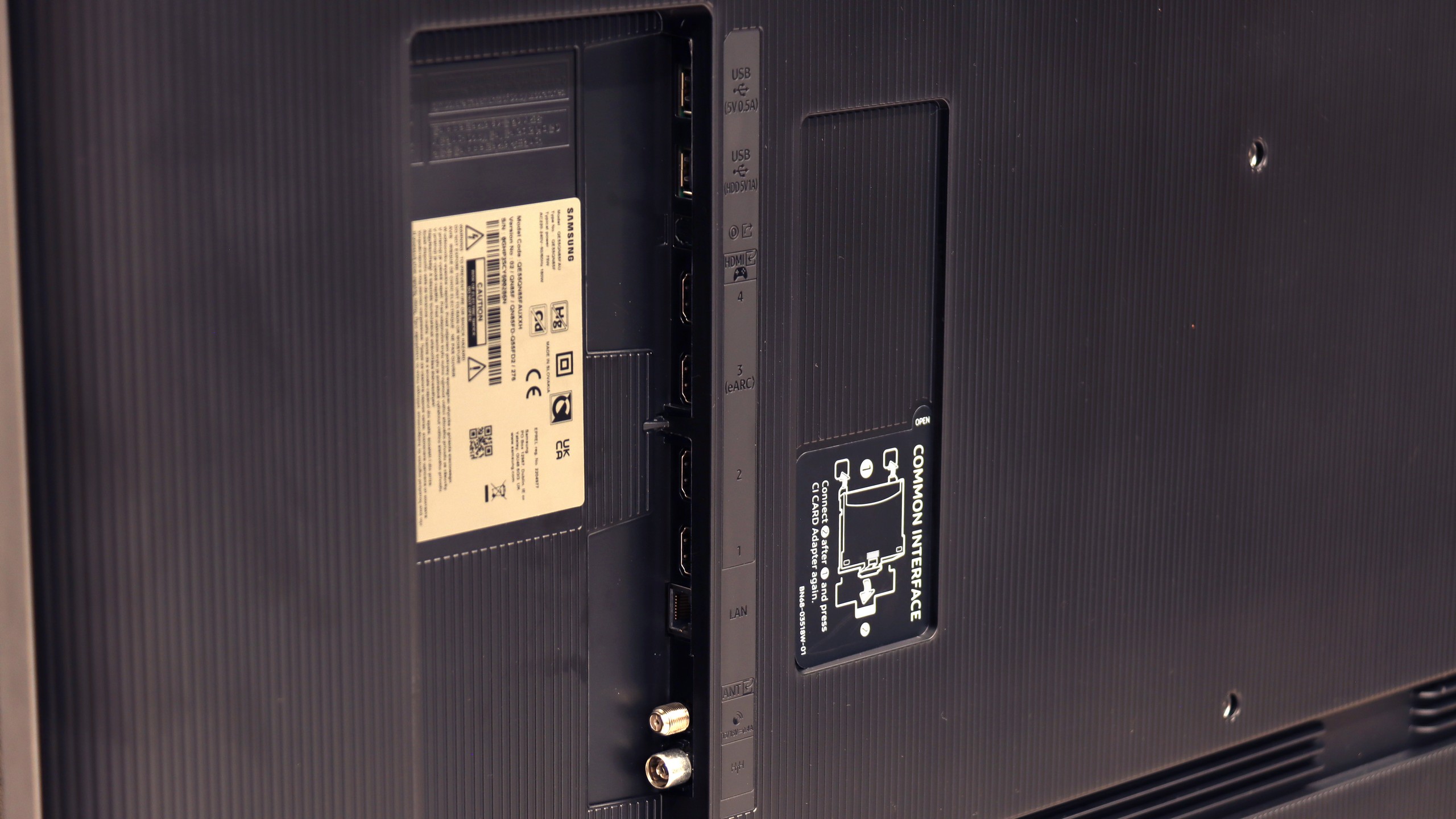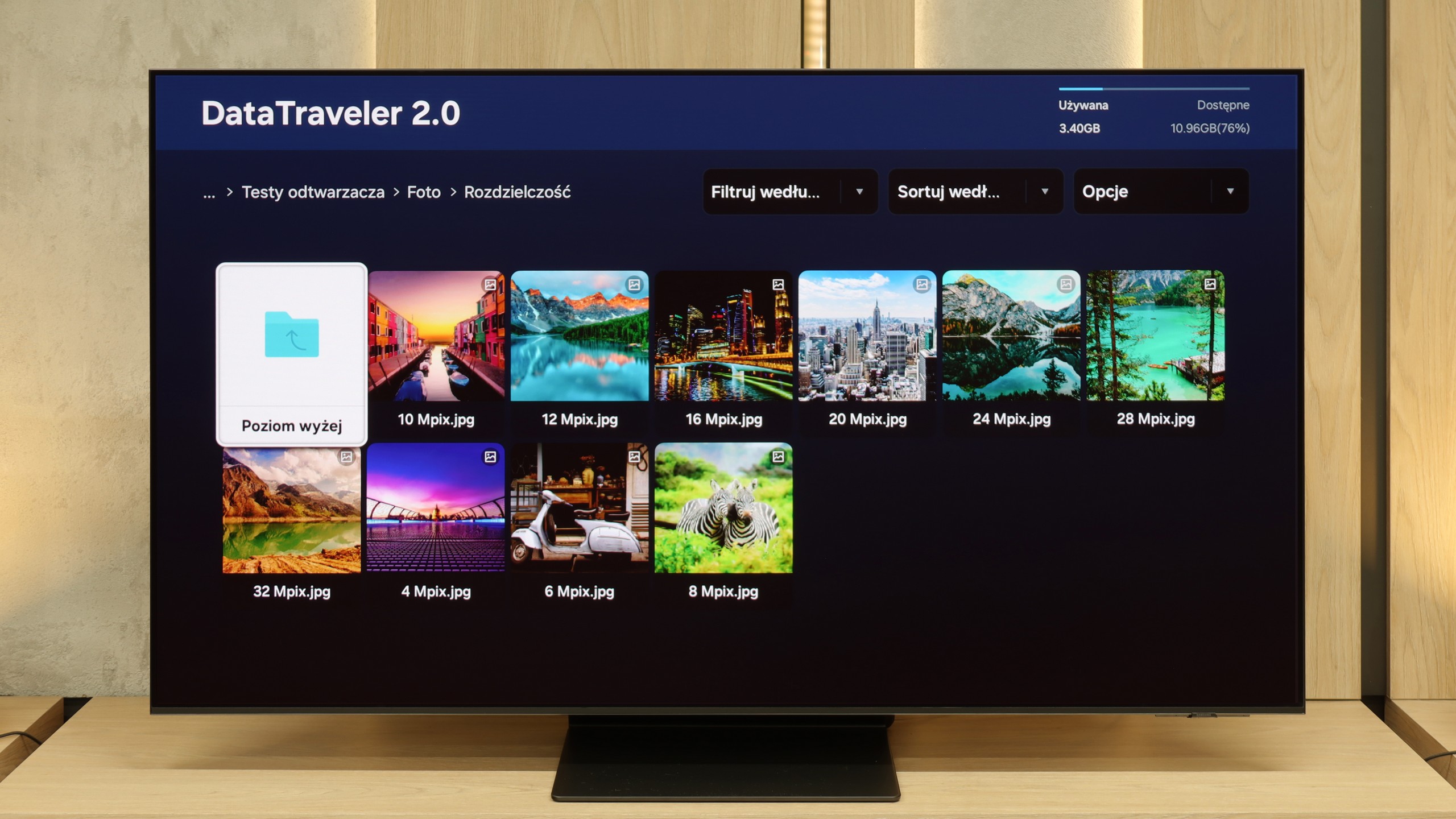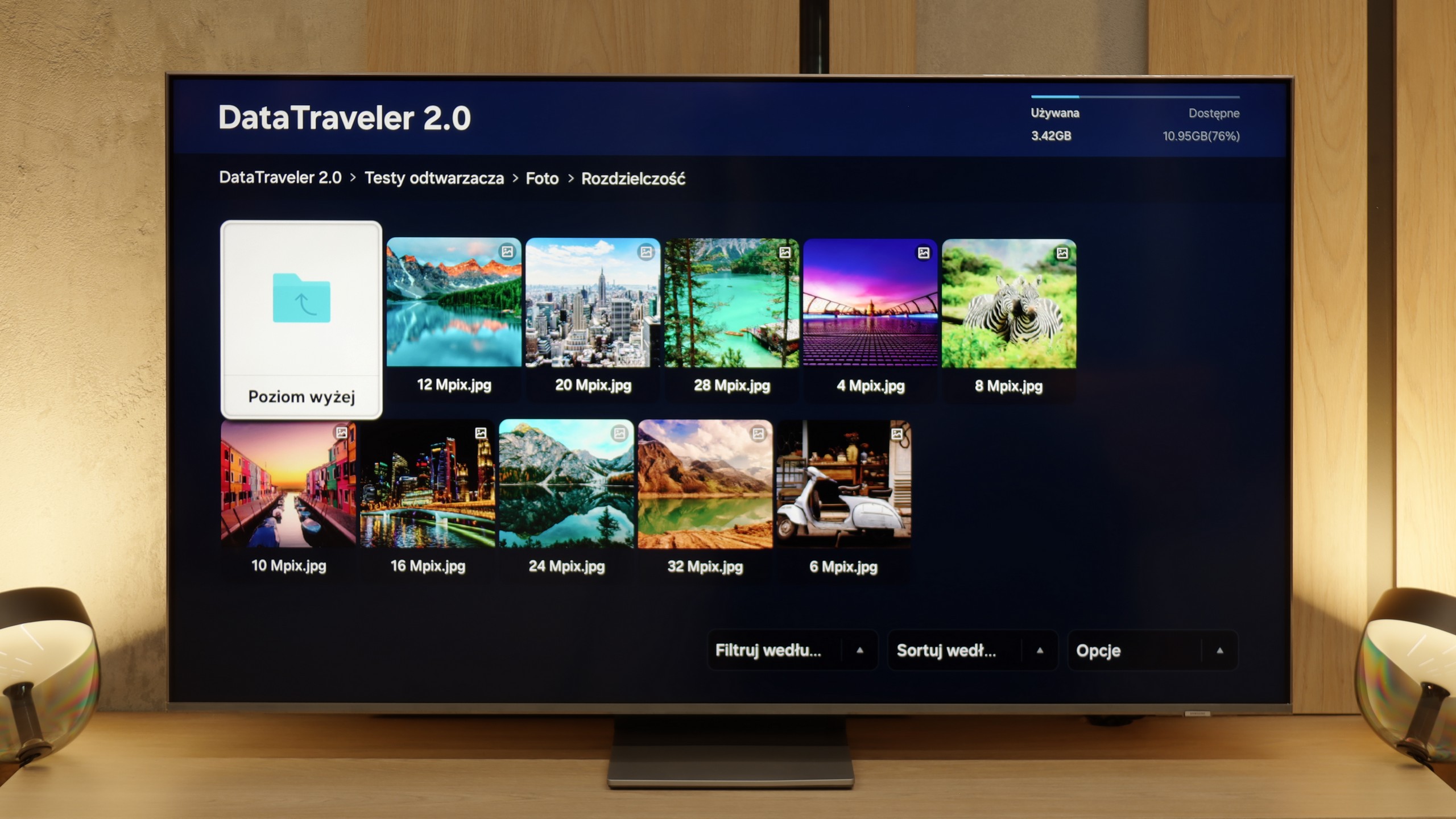Samsung S95F is an excellent continuation and an improvement on last year's S95D model. Thanks to the QD-OLED panel, we receive a picture that captivates from the first minutes of viewing. The blacks are deep and natural, without any traces of backlighting, and the brightness of the new generation panel reaches levels that not long ago seemed beyond the reach of OLEDs. These values are high enough that the S95F can confidently be compared with the best Mini-LED screens – both in terms of HDR effect and in everyday use in strong daylight. After a slight adjustment of settings, the TV can offer reference image quality, creating a cohesive and cinematic experience. However, it is not just a screen for movie lovers, but also one of the absolute favourites for gamers. The 165 Hz panel with rapid response, input lag of just a few milliseconds, a full suite of gaming features – including VRR, ALLM and excellently implemented HGiG – along with four HDMI 2.1 ports make the S95F effortlessly meet the requirements of both next-gen console owners and PC gamers. It offers a range of capabilities that make the S95F one of the best gaming TVs on the market. Samsung has also taken care of practical details. The matte screen coating effectively eliminates reflections, ensuring that even in a bright living room, the picture remains clear and comfortable. The One Connect module organizes the cables, moving all connections to a separate box, which will be appreciated by anyone who likes to regularly juggle connected devices. The design of the TV is slim, elegant and well thought out – it is evident that this is a Super Premium class product that looks great in any interior. Of course, like any equipment, the S95F has its minor compromises, but at this level and completeness, it is easy to forget about them.
This is a TV that combines the best image quality with functionality and user comfort. Undoubtedly, it competes with the strongest rivals, and can confidently be regarded as one of the main contenders for the title of TV of the Year 2025.
The Samsung QN85F is a television that perfectly demonstrates the purpose of the Neo QLED line. On one hand, it has everything that a modern user expects – high brightness, excellent fluidity, and full support for gamers. On the other, it’s still an LCD, so it’s a technology that comes with certain compromises. The question is whether these compromises actually hinder everyday use? In practice, it’s hard not to be impressed by how the QN85F performs with HDR movies. A brightness level of 1700–1800 nits makes watching dynamic scenes truly feel like experiencing the “HDR spark,” which many competitive televisions lack. The lighting effects in films or series can literally overwhelm with intensity, yet the television doesn’t lose detail and doesn’t turn the entire image into a washed-out blob. This is precisely the kind of spectacular experience that viewers investing in a new screen are searching for. Gamers also have reasons to be pleased. (Well, maybe apart from one shortcoming related to HGIG.) It supports 144 Hz, variable refresh rate VRR, and automatic game mode ALLM. This is already a must-have set in this class, but Samsung goes further by adding a unique feature called Game Motion Plus. Thanks to this, the image in games becomes smoother, resembling the operation of a motion smoother in films, but without a noticeable increase in latency. This solution truly sets the QN85F apart from the competition. On top of all this, there’s everyday convenience. The Tizen system is fast, stable, and full of apps that we actually use – from Netflix to Apple TV to YouTube and Disney+. There’s also AirPlay support, a comprehensive SmartThings platform, and a remote that, instead of being intimidating with dozens of buttons, offers simple navigation and quick access to the most important functions. This makes the QN85F a television that you just want to reach for every day. Sure, you can point out the shortcomings. There’s no Dolby Vision, no USB recording, and the viewing angles typical of a VA panel won't impress if you sit at a steep angle. But all of this pales in comparison to how versatile and refined the QN85F is. During the day, it handles bright rooms excellently, in the evening it delivers cinematic emotions in HDR, and in games, it provides smoothness and low input lag that other models could envy. Overall, the QN85F is a television that not only successfully continues the value-for-money tradition of its predecessor, the QN85D, but even expands it with several strong points. It’s equipment that’s hard to describe in any other way than as a “safe choice” – one that won’t disappoint in any scenario and is very likely to meet the expectations of even the most demanding users.
